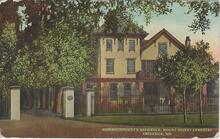 Dertzbaugh post card view of Mt. Olivet Superintendent's home Dertzbaugh post card view of Mt. Olivet Superintendent's home This is the second part of a story inspired by, and about, postal cards of the early 20th century—many of which prominently feature Mount Olivet Cemetery. In “Part I,” I discussed the origin and growing popularity of post cards, and one of the first purveyors in Frederick, Mr. Lewis R. Dertzbaugh. Mr. Dertzbaugh was not a professional photographer, art designer or printer. Instead, he was simply a businessman and owner of a stationary store, but saw the value in marketing the means of sending unique “local scenes” of town to relatives and friends across the county, state and country. He also sold postcard albums, which were important repositories for cards received and collected. L. R. Dertzbaugh was not alone in the sale of postcards here in Frederick at the time. I’d like to introduce you to a few more individuals whose legacy certainly rests in the fine array of vintage cards that can be found in antique stores, up for auction on eBay, and in the valued collections of several Fredericktonians, past and present. KREH A pioneer in the field was a man named John Frederick Kreh (1861-1939). He is on record as taking the very first photographs of the FSK Monument on the day of its unveiling and dedication of August 9th, 1898. Kreh was the son of a German immigrant, and learned the trade of photography from J. Davis Byerly, son of Frederick’s first known photographer, Jacob Byerly.
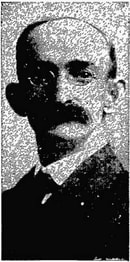 John F. Kreh John F. Kreh John F. Kreh, the well-known photographer, located at No. 8, North Market Street, Frederick City, Md., was born in the city where he now resides, May 24, 1861. He is the son of Peter and Elizabeth Kreh. Peter Kreh was a native of Schafheim, Hesse Darnstadt, Germany, and emigrated to this country while yet a young man. He settled in Frederick City, where he died in 1888. He followed the trade of a stone and brick mason. In politics he was an adherent of the Democratic party, and was affiliated in a religious way with the Lutheran Church. He was married to Elizabeth Haux. They were the parents of the following children: Mary, married to George Yost, of Baltimore, Md.; Lewis T., a cigar maker of Frederick City; John F., of whom presently; William H., a merchant of Frederick; and Charles, press brick mason, contractor and builder, also of Frederick. John F. Kreh, son of Peter and Elizabeth Kreh, was reared in Frederick, and received his education in the public schools of that place. While yet a young man he learned the photographer’s trade under J. David Byerly, with whom he continued to work until he was thirty years of age. In 1895, he embarked in business on his own account at his present stand, and has ever since been actively engaged in the management of his business. He is the leading photographer of Frederick, and has followed general photography for thirty-three years. He conducts one of the leading establishments of its kind in the city, and he is the possessor of a large trade. He is one of the well-known and leading business men of the city, and is highly esteemed by all who know him. In politics, Mr. Kreh has always been a staunch adherent and active supporter of the Democratic party. He was a candidate of his party for Judge of the Orphans’ Court of Frederick at the November 1907, election, but was defeated with the rest o his party. Mr. Kreh is also well-known in fraternal circles. He is an active member and leading spirit of the Mountain City Lodge, No. 29, Knights of Pythias, the Order of Heptasophs, and the Order of Eagles. He is affiliated in a religious way with the Lutheran Church, in which he is an active and consistent member. Mr. Kreh is a self-made man, and has won success through perseverance and strict attention to business. Mr. Kreh was married May 18, 1887, to Julia Buckey, who is descended of one of the most respected and early settled families of Frederick County. They are the parents of two children: Nora and Leslie B. John Kreh would keep active both professionally and personally for the next three decades. He died on November 20th, 1939 at the age of 78. Although his is not a household name, you’ve likely seen his work if you are a fan of Frederick history. He was laid to rest in the cemetery’s Area P/Lot 128. Oddly, his gravesite is not marked by a monument or marker. Nor is his wife, Julia, who died five years later. Both individuals are buried in spaces to the immediate left of son, Leslie B. Kreh, who died in 1903 at the tender age of 11. ETCHISON John F. Kreh wasn’t the only post card purveyor in town as there were certainly others. The W. P. Etchison Studio was located on the SW corner of N. Market and W. Church streets. Here, high grade, professional portraits of the citizenry were taken on the second floor of the building (today the home of the Orchard Restaurant). Like Kreh, William Pearre Etchison ventured outside of the studio to take photographs of local buildings, landmarks and street scenes of town. He turned these into post cards, and wholesaled to other businesses in town such as Shipley and Bopst. Many iconic cards of yesteryear Frederick were produced by Etchison Studies, including one from the vantage point of S. Market Street with a picturesque view looking in our front gate at the Key monument. Born in November, 1882, Etchison was the son of a prominent furniture maker and undertaker in town named William Hezekiah Boteler Etchison. The family lived on W. 2nd Street . His siblings also made their marks: Carroll Lee Etchison was a pioneer in the electroplating industry; Marshall Lingan Etchison, was an antiquarian whose highly regarded collection of copper lusterware was given to the Historical Society of Frederick County; and Josephine Pearre Etchison was the first librarian of the C. Burr Artz Library. 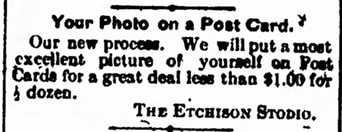 Frederick News (March 18, 1910) Frederick News (March 18, 1910) A newspaper advertisement, dating from 1910, advertised the novelty of having the Etchison firm take a picture of one’s self, which would be suitable for sending to others. I guess you could say that these were truly the first “selfies" taken in Frederick. William ran his popular studio from 1905-late 1910, when he sold his business to trusted assistant George C. Smith. 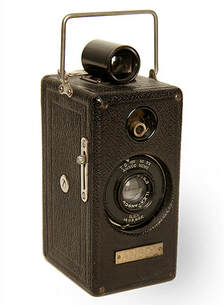 Early ANSCO camera Early ANSCO camera The multi-talented photographer and printer would belong to several trade guilds over his lifetime. William P. Etchison eventually became a traveling salesman for ANSCO Camera and Film Company out of Binghamton, New York. This was probably the catalyst for selling his shop in Frederick. I'd like to provide a bit of backstory on Etchison's new employer. In the late 1880's ANSCO's predecessor, Anthony and Scovill, bought the Goodwin Camera & Film Company. Hannibal Goodwin had invented flexible photographic film, which should have made Anthony Scovill the leader in the amateur photography business. However, another man, named George Eastman, copied the patented process and immediately set out to compete against Mr. Scovill. The ruthless behavior of Eastman nearly drove the now named firm of ANSCO out of business, but a settlement in 1905 saved the company from bankruptcy. The two firms, (ANSCO and Eastman's company called Kodak), were located roughly 100 miles apart and would continue to be major competitors in future years. Mr. Etchison had sold both Kodak and ANSCO amateur photography products and film out of his studio, and successor G. C. Smith would do the same as this was the dawning of a new era where people could actually take their own pictures on smaller, portable cameras. Businesses such as the Etchison studio could cash in on developing this film for hobbyists. In 1918, William P. Etchison could be found living in Pittsburgh, PA and still working for ANSCO. He would be back in Frederick a decade later, and died here at the age of 46—a victim of pulmonary tuberculosis. Etchison left a wife, Alice M. Doll, and a four-year-old son William Richard Etchison. The latter would one day serve as an instructor of History of Art for Mount St. Mary’s College, and was a much sought after lecturer in the Maryland-Virginia area, formerly associated with the Sidwell-Friends School in Washington, DC and the Virginia Museum of Fine Arts in Richmond. 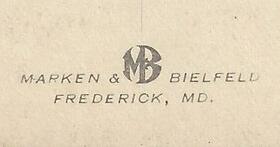 MARKEN & BIELFELD Both John F. Kreh and William P. Etchison would have their work republished by the undisputed “kings of the Frederick postcard trade”—Marken & Bielfeld. The duo of Victor M. Marken and James J. Bielfeld operated a highly successful printing firm that would be in operation for almost the entirety of the twentieth century. Victor Marcellus Marken was the son of Josiah Recher Marken, an accomplished early portrait photographer of town. The elder Mr. Marken is said to have commenced his business in the 1860's. The younger Marken was more interested in the technical processes of printing, rather than taking photos. Outside of work with his father, Marken would become a member of the firm of Schley, Marken & Delaplaine—eventually to become the Frederick News under the larger marquee of the Great Southern Printing and Manufacturing Company. Apparently Marken’s tenure was short as he had a “yearn to explore,” and decided to leave the news and printing enterprise in 1885, two years after the daily newspaper credited to William T. Delaplaine came into being. Upon his departure, he gained valuable counsel from his father and recruited the Schley & Delaplaine’s bookkeeper in the person of Jonathan Bielfeld. The two gentlemen began their business venture under the leadership of his father. They rented a tent and offering to take pictures at county fairs. Business began to grow and they soon were able to rent a small room in the Etchison building (a former site of the undertaking business) on East Patrick St. at this time, and their only equipment asset consisted of a small hand press.
“Among the very best printers that we know of and one of the largest establishments of its kind in western Maryland is that of Marken and Bielfeld, located at 57 W. Patrick St. The firm is composed of Mr. V. M. Marken and J. J. Bielfeld. Their range of work includes book, catalogue and commercial printing, of the finest quality. Mr. Marken is a native of Frederick county, while Mr. Bielfeld claims New York State as the land of his birth. Send for estimates. You can’t do better, for their work is splendid and the prices rock-bottom. The printers soon moved to 123-125 W. Patrick St. and acquired the contract to print Postmasters Report Books, which were distributed to every post office in the country. This contract was the firm’s proverbial “bread and butter” for a number of years until the federal government decided to take on the task itself, giving it to the US Government Printing Office. The loss of this job dealt a severe blow to the firm, however another phenomenon kept the presses running—picture postcards of course! The native New Yorker, Jonathan James Bielfeld was born December 29th, 1857. He was the son of Rev. Herman Bielfeld, a German immigrant who would spend the entirety of his life as a minister for the German Reformed Church. Mr. Bielfeld’s mother was also from Germany, and the couple had nine children. J. J. was reared principally in Frederick city and received his education both here and in Canada. He started his working career as a clerk in a drug store in Harrisburg, PA—he was only 14 years old at the time. From here, he went to Baltimore, where he became a student of fresco painting, a skill that would serve him later in life in the form of “hand-tinted” postcard treatments. J. J. Bielfeld removed to the West for a while, where he was engaged in a variety of pursuits. He would return East, and located in Frederick in 1879. In time, he would be recognized as one of the leading business and civic leaders in town. Williams History of Frederick County says of J. J. Bielfeld, “To his forceful and pleasing personality is due much of the prosperity and prestige attained by his firm. He has managed the affairs of his business with an ability, foresight and sagacity that stamp him as a man of high executive capacity.” The biography went on to mention that Mr. Bielfeld was unmarried and that “he is of a genial and jovial disposition, and by his pleasing manner has won a host of friends.” In 1917, J. J. Bielfeld was suffering from the effects of ill health attributed to cancer. He got to the point where he would eventually sell his interest in the printing firm to Harry Kiracofe and Richard F. Simmons. James J. Bielfeld died just three days after his 60th birthday on January 1st, 1918. He was buried next to his parents in Mount Olivet’s Area H/Lot 335. The new partnership of Marken, Kiracofe and Simmons plowed ahead. Kiracofe had long been employed by the firm as a graphic designer, while Simmons (who had previously worked for the Marken and Bielfeld firm while in high school) had left is earlier position of secretary to take on the post of general manager for the Potomac Edison Company. Under this new management, in which Marken was respectfully referred to now as Senior Partner, the business expanded its sales force, opened new markets in Hagerstown and Cumberland, and eventually grew into Pennsylvania, Northern Virginia and the Shenandoah Valley and Western Maryland. He eventually held the title of president of the business, which kept his deceased partner’s name for its existence. In 1925 the business was incorporated with a capitalization of $100,000. Mr. Marken, when he was in the plant, was rated highly as a hand compositor, was a good pressman and did a fair share of the cutting and trimming in the bindery. Expansion and print jobs expanded exponentially as automobile sales and travel grew, causing a demand for aids such as road maps and brochures. And then there was the old constant of picture postcards, as they continued to be a barker for the firm’s reputation for being a high quality color printer. Victor Marken primarily spent his later years at his cottage located atop Braddock Heights. While not actively engaged in the business, Mr. Marken, nevertheless, is said to have gone to the plant every day. Victor M Marken died on April 5th, 1936 at the age of 76. He was survived by his wife, Susan (Herbert) Marken, and one daughter, Mrs. Dorothy Abb. His final resting place, along with those of his postcard-making colleagues, is here in Mount Olivet Cemetery. His monument can be found in Area G/Lot 9.
2 Comments
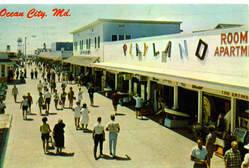 It’s always nice to receive correspondence via the United States Postal Service. That’s right, I’m talking about mail—but not just any mail, especially not of the junk variety. In this day of electronic communication, email reigns supreme. However, I fondly recall a simpler time in my childhood of the 1970’s when I would venture out of my house and down to the end of my family’s driveway to the mailbox. Once here, I would slowly retrieve the day’s proverbial “catch.” Unlike today, packages represented an extraordinary occurrence. Another highlight was the reception of one of several specialty magazines to which my brothers and I had subscriptions, ranging from Boys Life, Sport, Electric Company, Dynamite and Mad. Also, unlike today, there were the personally handwritten letters from a relative or friend. In most cases, you would be tipped off to the sender’s identity as his/her name (and return address) could be found in the upper left-hand corner of the parcel. The excitement and anticipation for the envelope’s contents would grow as I walked the driveway leading back to my house, where said letter would be read. Every so often, another rare treat would show up in the mailbox—and it didn’t even have an envelope! It was a thin card, measuring 3.5”x 5.5,”and possessed a scenic picture of a sweeping city scape or noted landmark on one side. On the flipside could be found the postage stamp, recipient’s name, and a brief handwritten message that read as a slightly embellished version of “having a great time, wish you were here.” Nine times out of ten, this was postmarked with the name of some exotic or foreign destination—and when I say foreign, that could mean anywhere other than Maryland with the exception of Ocean City, of course. This, my friends, was the miracle of “the picture post card,” a lost staple of a magical time. 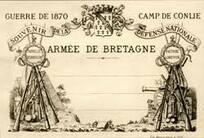 Camp Conlie card Camp Conlie card Postal Cards Post cards originated in Europe in the mid-1800s, and served as a means of quick communication, at a reduced rate. Early uses were also advantageous for advertising messages. The first commercially produced postal cards here in America were devoid of images and created by John P. Charlton of Philadelphia in 1861. Charlton patented his product and later sold the rights to Hymen Lipman who would add a decorative border. The first known printed picture postcard, with an image on one side, was created in France in 1870 and featured Camp Conlie, a training camp for soldiers in the Franco-Prussian War. While these are certainly the first known picture postcards, there was no space for stamps and no evidence that they were ever posted without envelopes. In the following year, the first known picture postcard in which the image functioned as a souvenir was sent from Vienna. Cards showing images increased in number during the 1880s. The newly-built Eiffel Tower gave true impetus to the postcard as we know it today, as the man-made marvel’s image led to the so-called "golden age" of the picture postcard in years following the mid-1890s.
Early postcards of the early 1900’s were often saved, and not discarded, because images of places and things were still somewhat of a rarity. Not everyone had access to camera equipment, and formal portraits had to be arranged with an appointment at a professional photo gallery. Books, newspapers and magazines certainly did not boast as many photos as we are accustomed to in later times, hence the importance of these cards, especially in small towns around the country. Collecting cards became a hobby, as special albums were created to hold them. Real photograph postcards continue to be a valuable source of surviving photography from the past of a place, some depicting long-gone storefronts, modes of transportation and styles of dress. They are a known collectible, as are the stamps and the ink postmarks that adorn their backsides. The history of the postcard industry is quite an entity unto itself, marked by shifts and trends that can be labeled as distinct eras, much the way archaeologists or geologists describe the study of mankind and the earth’s creation. In respect to the postcard, the "white border" era (named for borders around the picture area) lasted from about 1916 to 1930. This was followed by the “linen” era (1931-59), so named because the cards possessed a linen-like texture. The modern style is part of the “chrome” era (1960-present). In 1945, an Ashland, Ohio professor named Randall Rhoades coined the term “Deltiology,” the accepted description of the study and collecting of picture postcards. One little known “sub-era” involved the fad of sending unique postcards made of soft leather. These contained both humorous and romantic messages tooled into them. Leather postcards were very popular from the around 1905 to 1910, and were made from deer hide. The design was burned into the leather by a process called pyrography, while some were also inked Holes were made into the cards, some in all four corners so they could be stitched together for pillow covers and wall hangings. There was a down side which likely added to their demise—the leather cards posed problems for the post office as they were adversely affecting the sorting machines.
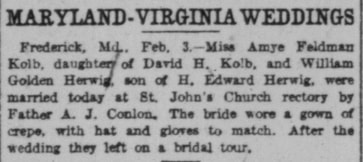 Baltimore Sun (Feb 4, 1909) Baltimore Sun (Feb 4, 1909) Amye Feldman Kolb was born on May 8th, 1880. She was 25 years-old when she received the leather card from a sender who simply wrote his name as “G. H.” Well, a little further research showed that Amye would marry a gentleman named William Golden Herwig in 1909. Their wedding announcement appears on the pages of the Baltimore Sun’s February 4th issue of that year. William, or Golden, as he was affectionately known to Amie, was born in Frederick in September, 1887. Not that it should matter, but the suitor was 18 years-old when he sent the leather postcard to his future bride. No different from Amie, I found Golden’s parents buried here in Mount Olivet as well, and possessing an even greater connection and story than Lt. Kolb’s war-torn flag. Golden’s father was Henry Edward Herwig (1859-1930) the second superintendent of our cemetery. He served from 1887-1893, which seems to point to the fact that Golden was possibly born on the premises. The elder Herwig would leave his cemetery post to take the job of warden at the Montevue Hospital northwest of town, a position he would hold for two years. The 1910 census shows Golden and Amy living at 10 E. South St. Golden was employed as a clerk at a local Monon Laundry operation. In 1916, the Frederick News would herald Golden as one of the proprietors of the new Sanitary Steam Laundry, the first of its kind in town, once located on E. Patrick St. By 1920, the couple had left Maryland and can be found living in Williamsport, PA—home of the Little League World Series. Golden was employed as a manager of a shoe store in town. The couple had a daughter named Mary V. (born in 1913) and I found that Amie picked up the premium prize for an infant’s dress she entered back in the 1915 Great Frederick Fair. Amy died in 1946, and her body was brought back to her hometown and buried in the Kolb family plot in Area A/Lot 119. Golden would live an additional 24 years to age 82. He died on April 4th, 1970 in Williamsport, and would return to his birthplace, and buried in Mount Olivet. Just like the image depicted on the leather postcard, the two lovers were once again side by side. The Trigger So what sparked my recent recollections about postcards? Well, early last month we received a vintage postcard here at the cemetery. It didn’t come “au natural” as it was contained within an envelope sent from Stockton, California. The curious, hand-typed envelope contained a postcard from 1915 featuring Mount Olivet’s superintendent’s home adjacent the cemetery’s front gate. An accompanying letter told us that the sender was a 91-year-old gentleman named Lowell Joerg, a resident of Brookdale Assistant Living facility. Here’s the card and letter we received: 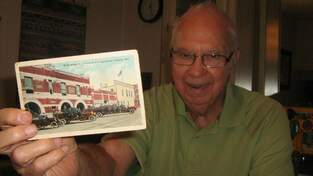 "Postcard Man" Mr. Lowell Joerg of Stockton, CA "Postcard Man" Mr. Lowell Joerg of Stockton, CA I eventually scoured the internet to find more on our “postcard good Samaritan.” According to news articles published across the country, the folksy letter we received in early January was almost boilerplate — right down to the $6 cost of the postcard and the bet with the letter writer’s wife. Joerg, it turns out, has been performing his “little hobby” for about 27 years. He is affectionately known to many as “the Postcard Man.” He continues to find old postcards depicting buildings or places of note and sends them to the towns and places pictured on the cards, with a letter much like the one we received. Joerg told one newspaper he sends out three or four historical post cards a month. About 75 percent of the recipients respond. Sadly, Lowell’s wife, Terryl Ann Joerg, died last May (2018). He won’t have to take her to lunch, but we were sure to make sure he lost the bet anyway as we sent a return package in which we covered his costs, plus threw in some Francis Scott Key memorabilia and a History of Mount Olivet book. We thanked him for his “redistribution of kindness,” but also gently poked that the card sent is not one of our best views, as there have been several postcards over the past 120 years that depict Mount Olivet Cemetery. Above all, our most picturesque scene is that of the Francis Scott Key Monument, which ironically enough was unveiled in August, 1898—just three months after the US Congress passed the above mentioned US Mailing Card Act. Especially now with the advent of digital cameras, and smart phones, the Francis Scott Key Monument is photographed basically every day. I, myself, have taken over a thousand pictures of it, including my best yet—a rendition featuring the famed memorial at sunset, taken on January 29th (2019) just after a snow shower. It may be postcard worthy, what do you think? The specific card sent to us by Mr. Joerg was postmarked in 1915 and depicts the second iteration of the Mount Olivet Cemetery superintendent’s house, built in 1911. Upon inspection, I could not find the name of a photographer or publisher, however I have another postcard exactly like it and it notes the maker as Lewis R. Dertzbaugh. This gives a definitive clue of where this card was purchased, as Mr. Dertzbaugh was a legendary businessman in Frederick history annals. At this time (1915) Dertzbaugh was a bookseller, stationer and general merchant who managed an iconic shop at 201-203 N. Market St. He named it “The Busy Corner. 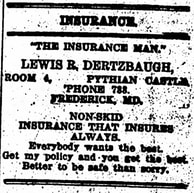 Frederick News (July 18, 1919) Frederick News (July 18, 1919) “The Busy Corner “continued to thrive under Lewis R. Dertzbaugh until he decided to sell the business in December 1918. The purchasers were Storm & Shipley, who would keep the well-known name, and product line the same. Dertzbaugh embarked on a new career as an insurance broker. He would be just as successful in this endeavor—one that would last for over 50 years. Lewis R. Dertzbaugh lived a very productive life both professionally, and personally. Where he had gotten into business early, and made his mark, Mr. Dertzbaugh was a late bloomer when it came to starting a family of his own. He married Cornelia Ringgold McSherry in December, 1923, and had a daughter (Cornelia R.) in 1927. The Dertzbaughs made their home residence at 202 Upper College Terrace in the College Park development of town. Mrs. Dertzbaugh died in 1938, leaving Lewis with the task of serving as a single parent of his then, ten-year old daughter. Like any other task put before him, Dertzbaugh prevailed and the youngster grew up fine, completing nursing school, marrying Dr. F. Sidney Gardner and relocating to Fayetteville, NC. The former “stationer” also had a lifelong connection with more than stationary, as he was a loyal member and administrator of the Junior Fire Company’s Station #2. He served as president from 1930 through 1952. Lewis R. Dertzbaugh, the man behind the curious postcard sent to Mount Olivet by Lowel Joerg of Stockton, CA, died of heart failure on July 24th, 1975. Two days later, family and close friends attending his private interment had a clear view of the cemetery superintendent’s house from the Dertzbaugh grave plot located in Area E/Lot 60. Stay tuned for part II of this story next week, as we take a look at a few more of Frederick’s vintage post card makers, buried here in "scenic" Mount Olivet.
AUTHOR’S NOTE: As part of the mission of the newly established Mount Olivet Preservation & Enhancement Fund, we are interested in collecting paper memorabilia and photographs pertaining to the cemetery’s rich heritage. We will gladly accept donations including original artifacts, or electronic digital scans of professional and personal photographs of the grounds, buildings and monuments of Mount Olivet. As always, we are also very interested in photographs of our "Stories in Stone" subjects, as we can easily add these to past stories, and help inspire future ones. Contact Chris Haugh for more details. |
STORIES
|
Archives
July 2024
June 2024
May 2024
April 2024
March 2024
February 2024
January 2024
December 2023
November 2023
September 2023
August 2023
July 2023
June 2023
May 2023
April 2023
March 2023
February 2023
January 2023
December 2022
November 2022
October 2022
September 2022
August 2022
July 2022
June 2022
May 2022
April 2022
March 2022
February 2022
January 2022
December 2021
November 2021
October 2021
September 2021
August 2021
July 2021
June 2021
May 2021
April 2021
March 2021
February 2021
January 2021
December 2020
November 2020
October 2020
September 2020
August 2020
July 2020
June 2020
May 2020
April 2020
March 2020
February 2020
January 2020
December 2019
November 2019
October 2019
September 2019
August 2019
July 2019
June 2019
May 2019
April 2019
March 2019
February 2019
January 2019
December 2018
November 2018
October 2018
September 2018
August 2018
July 2018
June 2018
May 2018
April 2018
March 2018
February 2018
January 2018
December 2017
November 2017
October 2017
September 2017
August 2017
July 2017
June 2017
May 2017
April 2017
March 2017
February 2017
January 2017
December 2016
November 2016
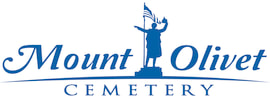
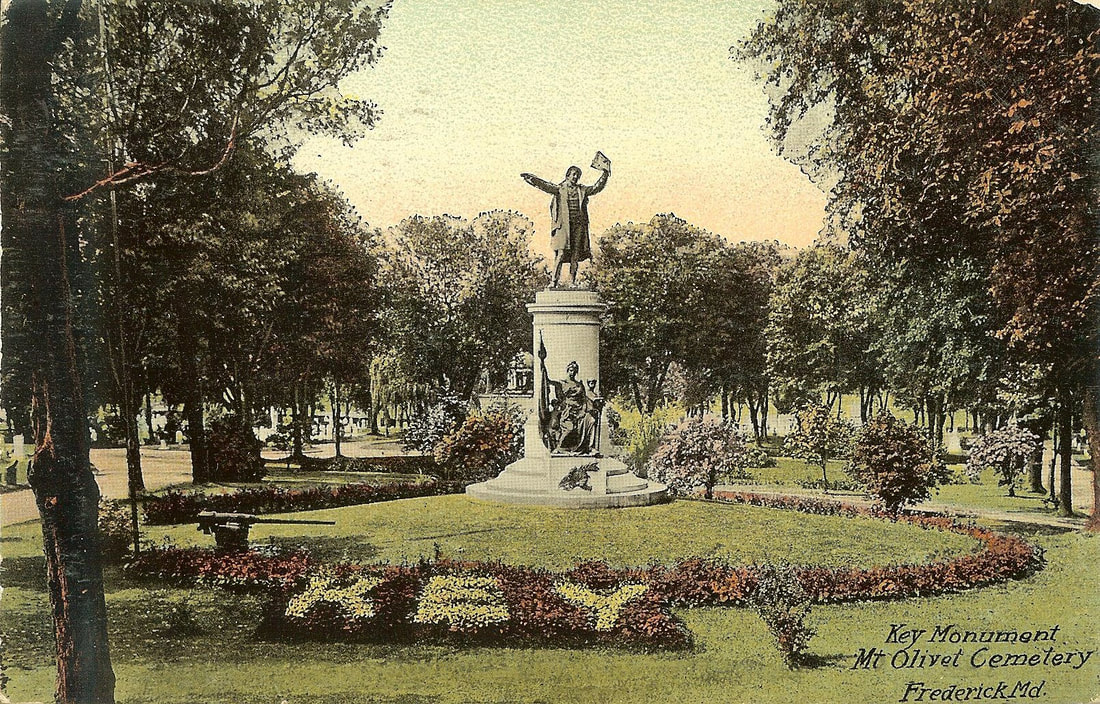
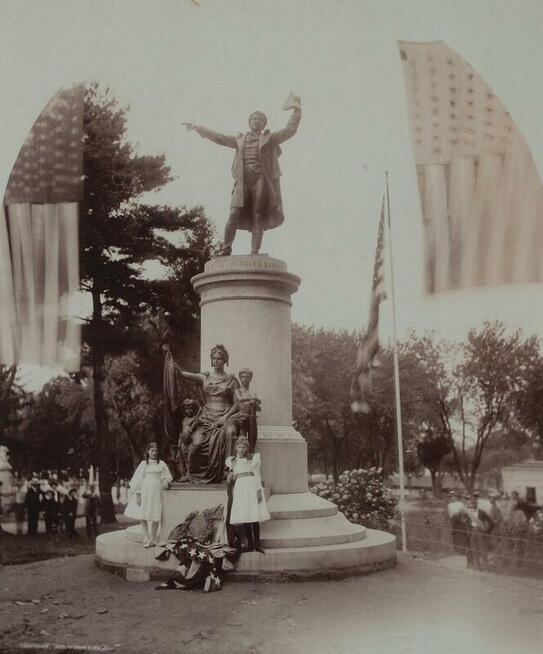
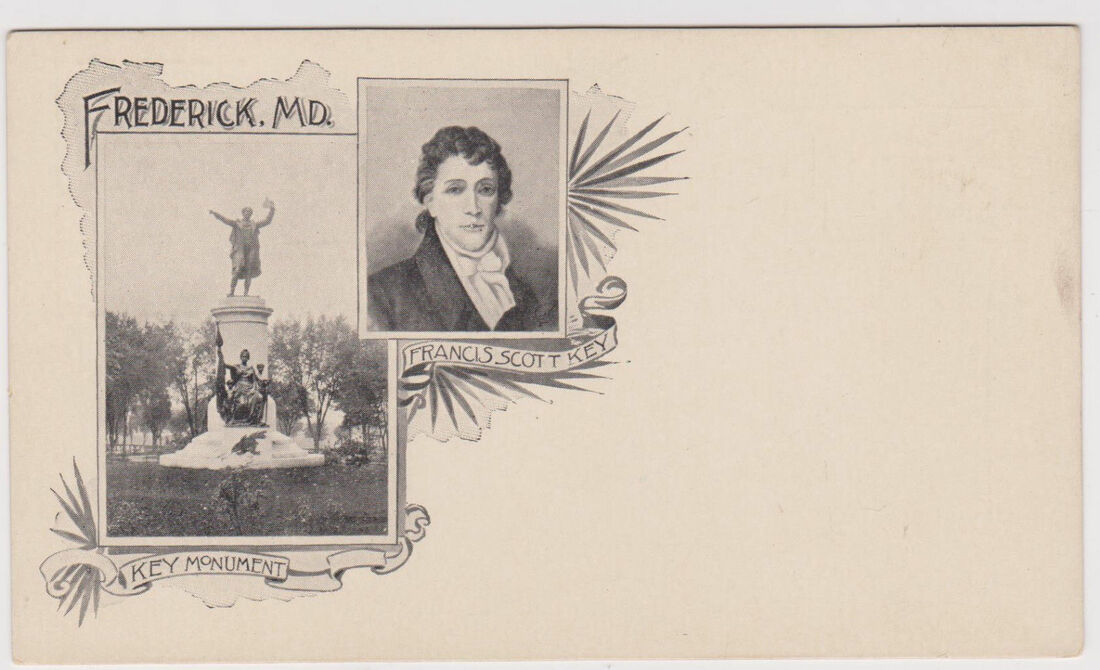
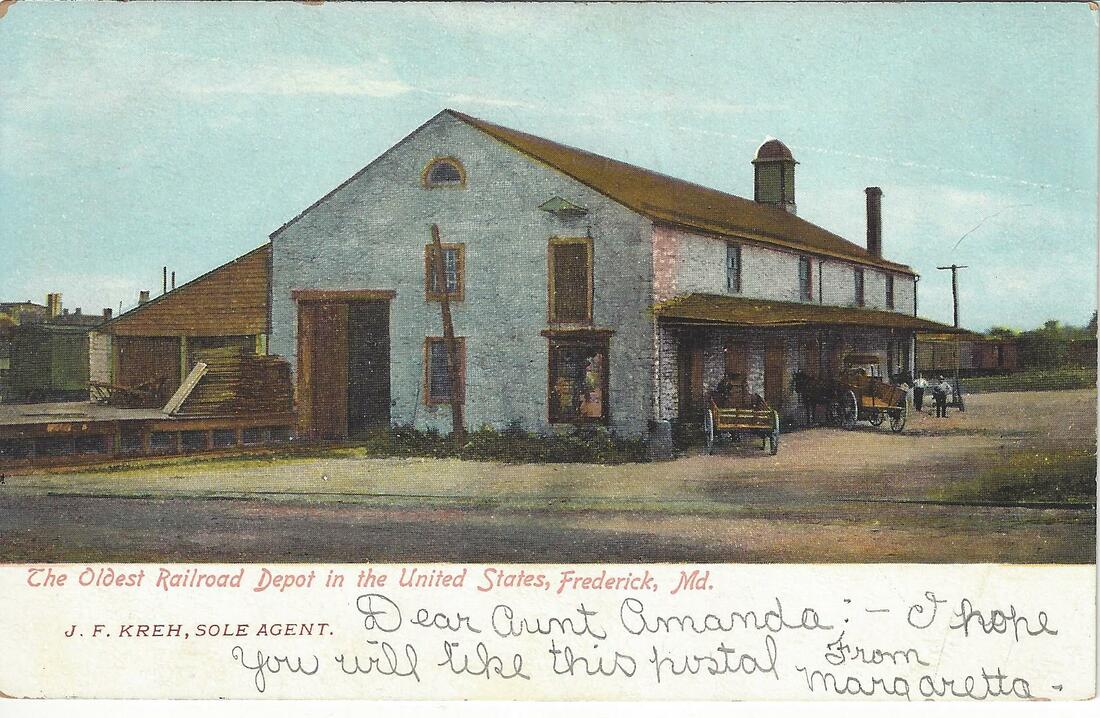
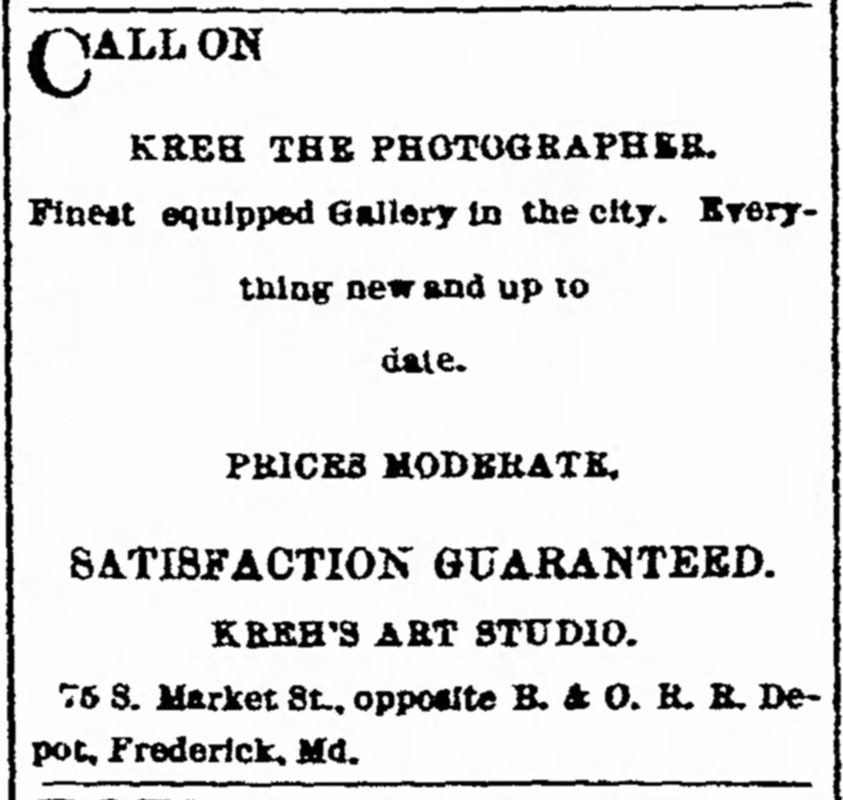
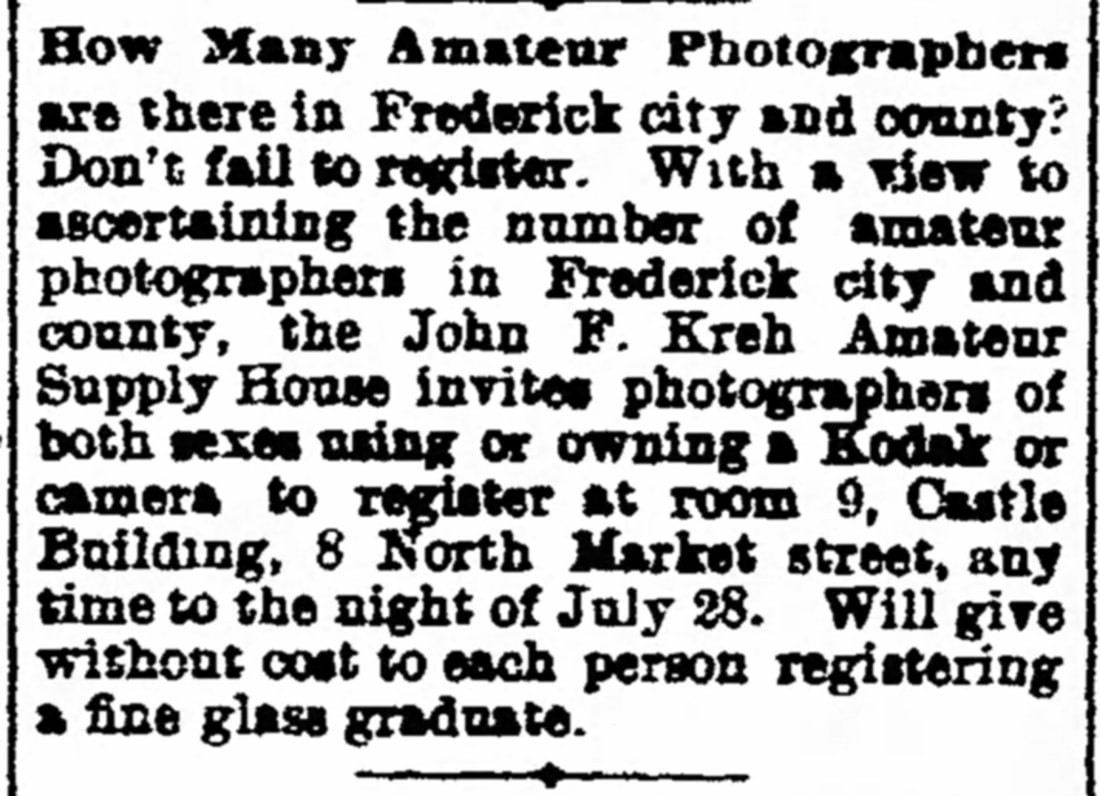
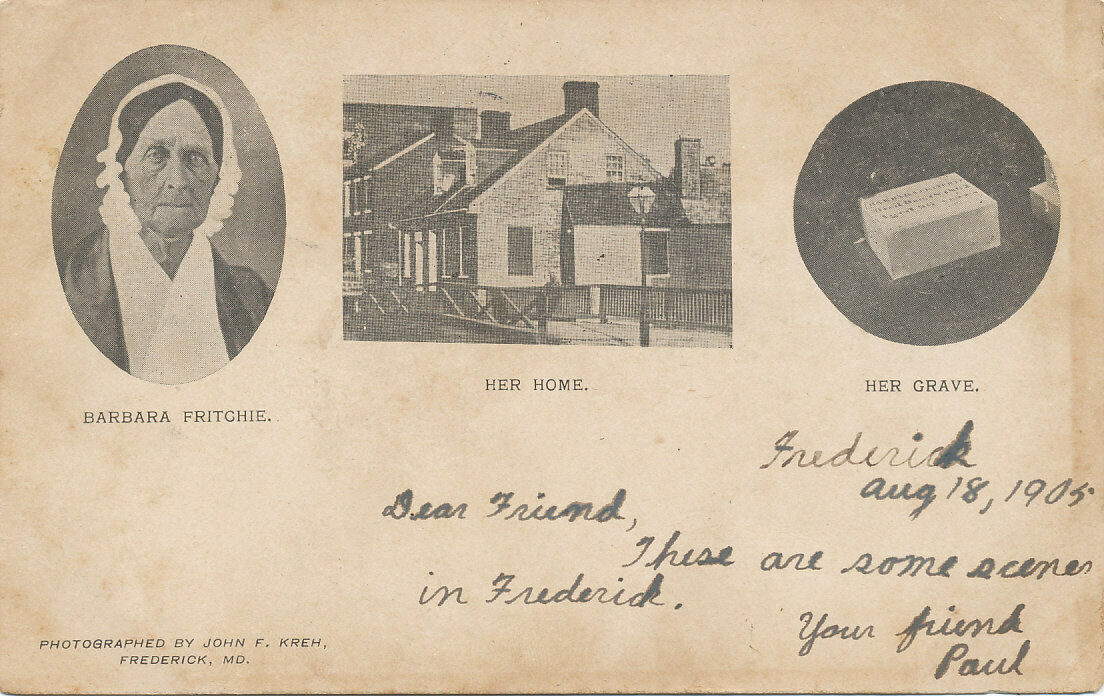
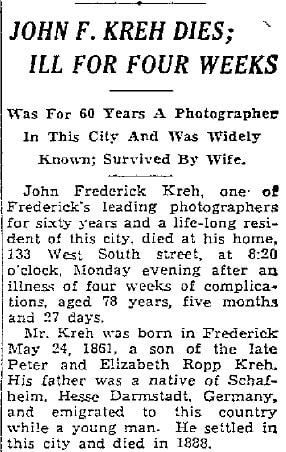
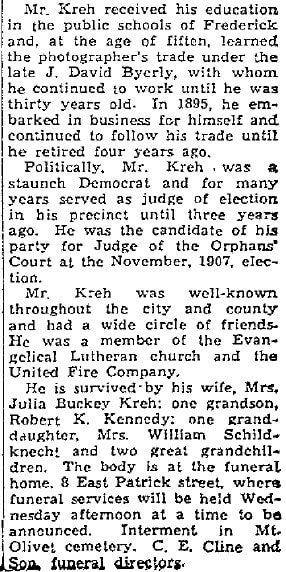
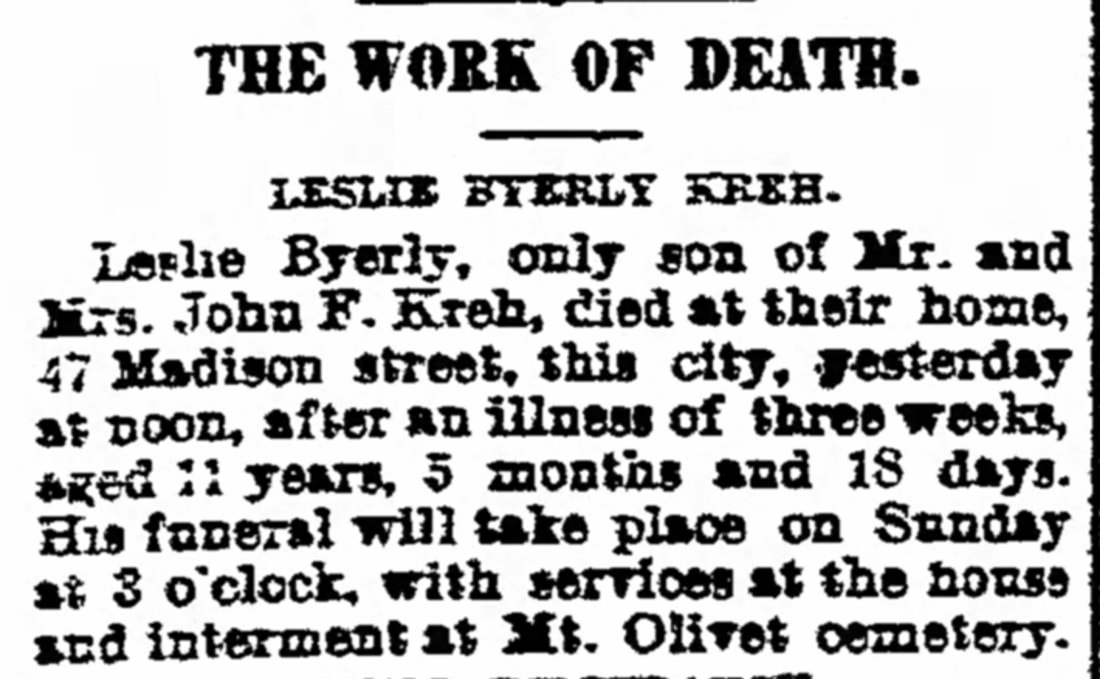
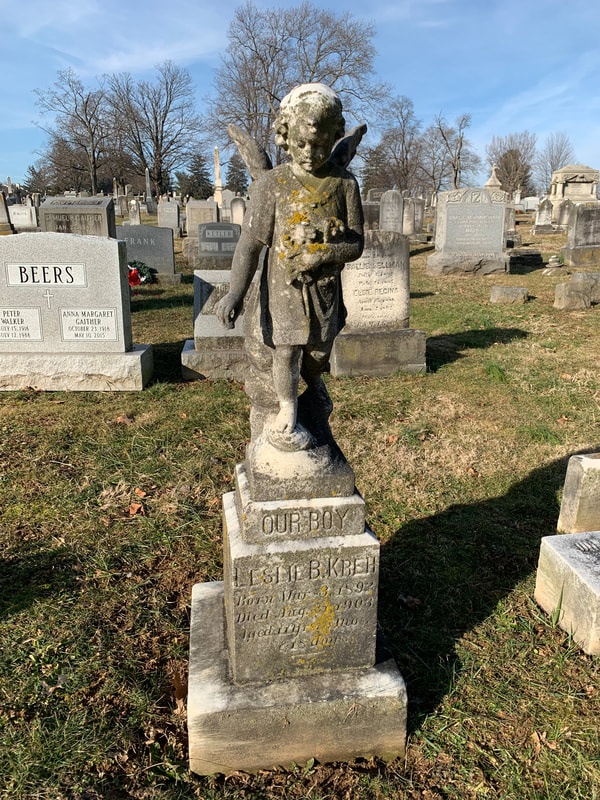
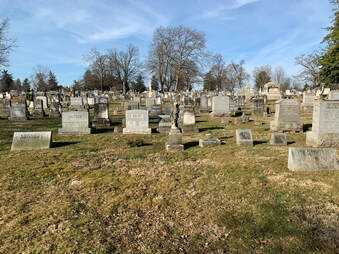
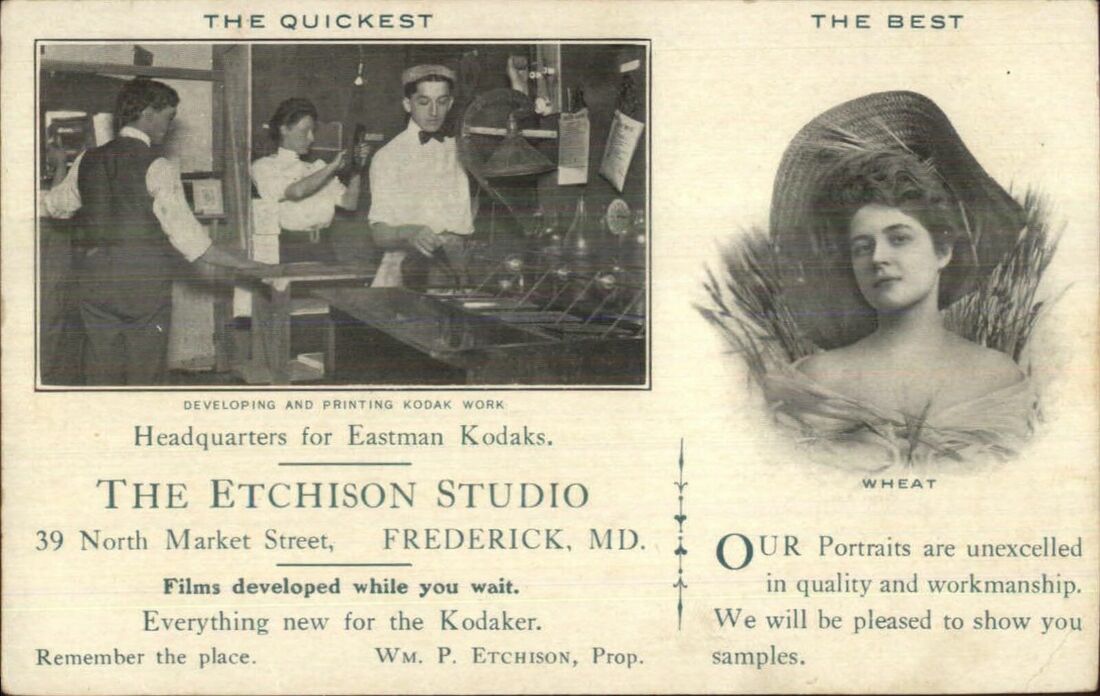
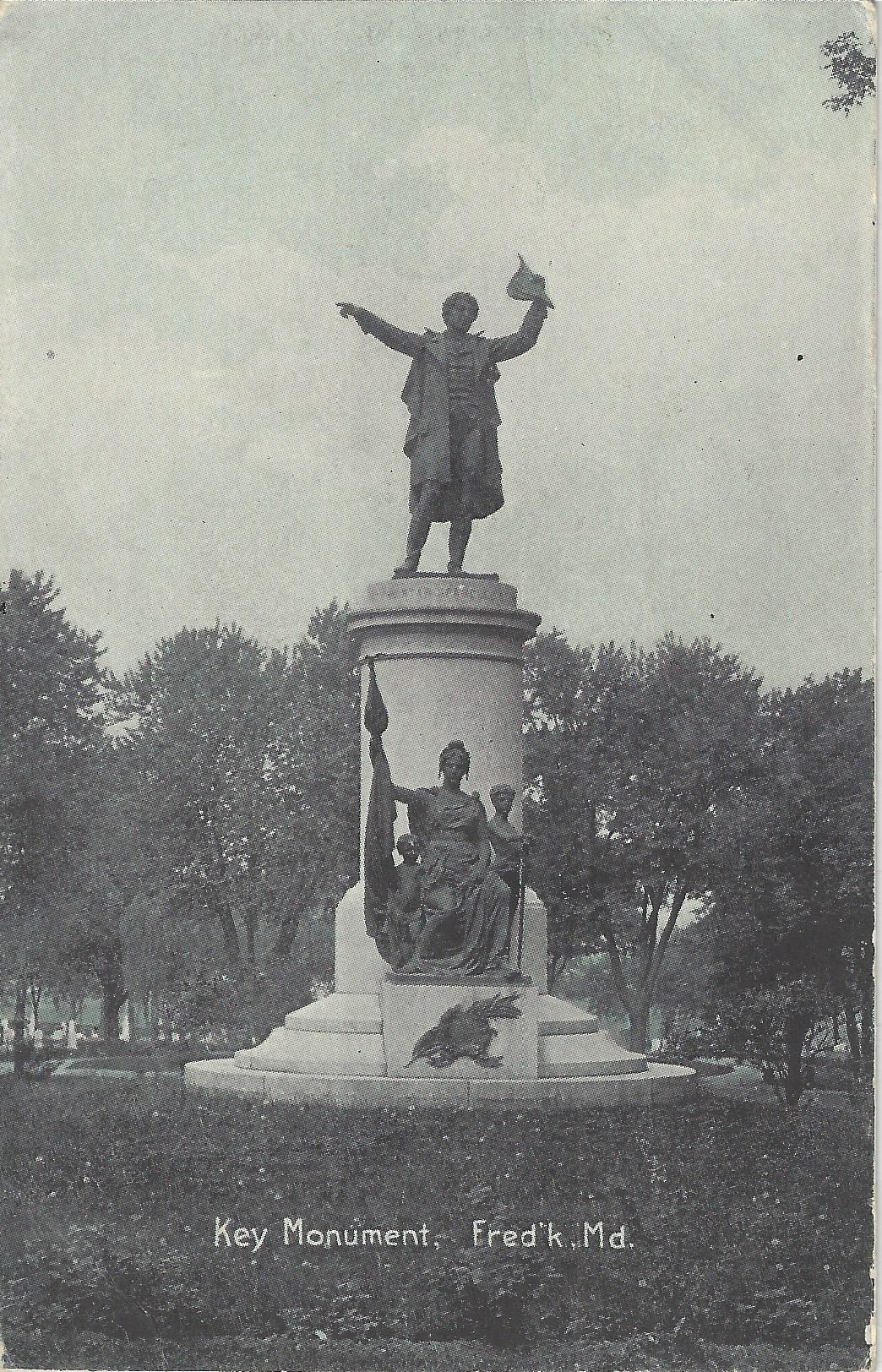
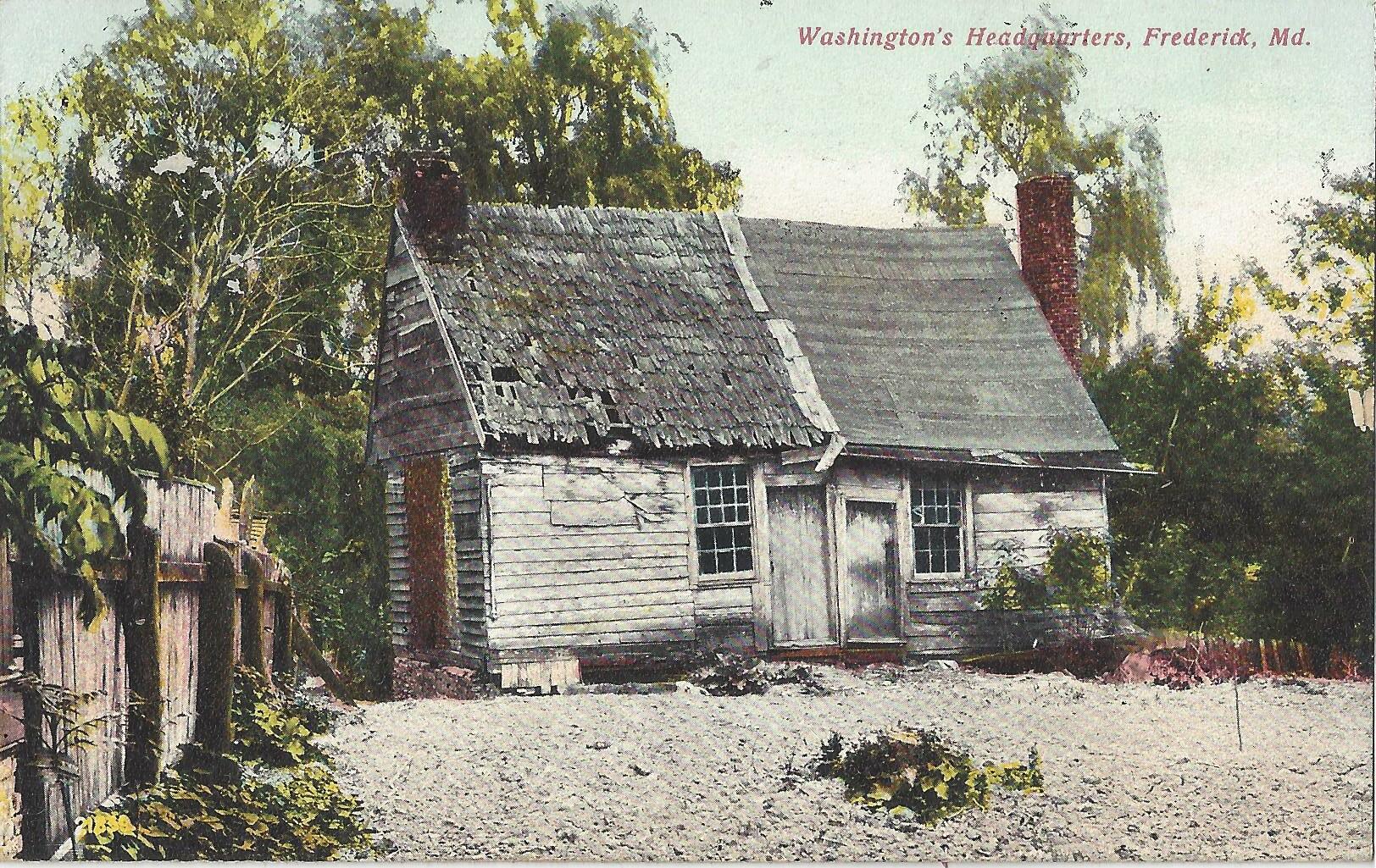

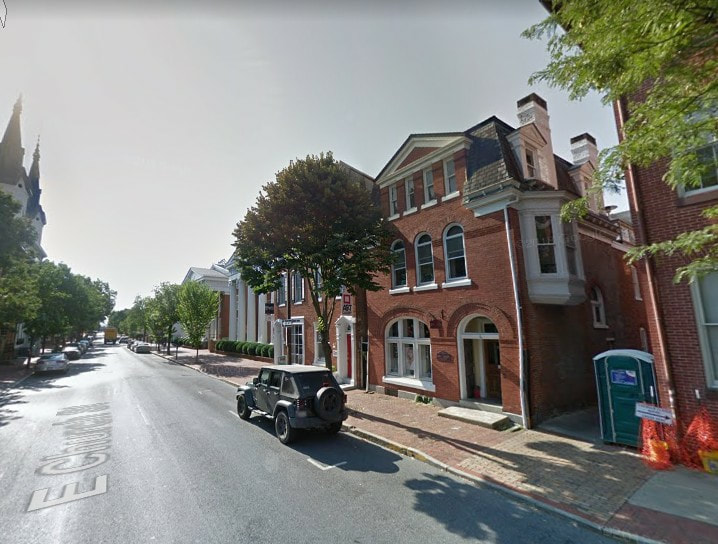
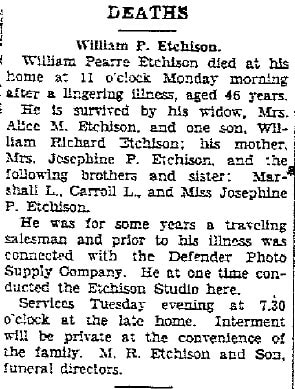
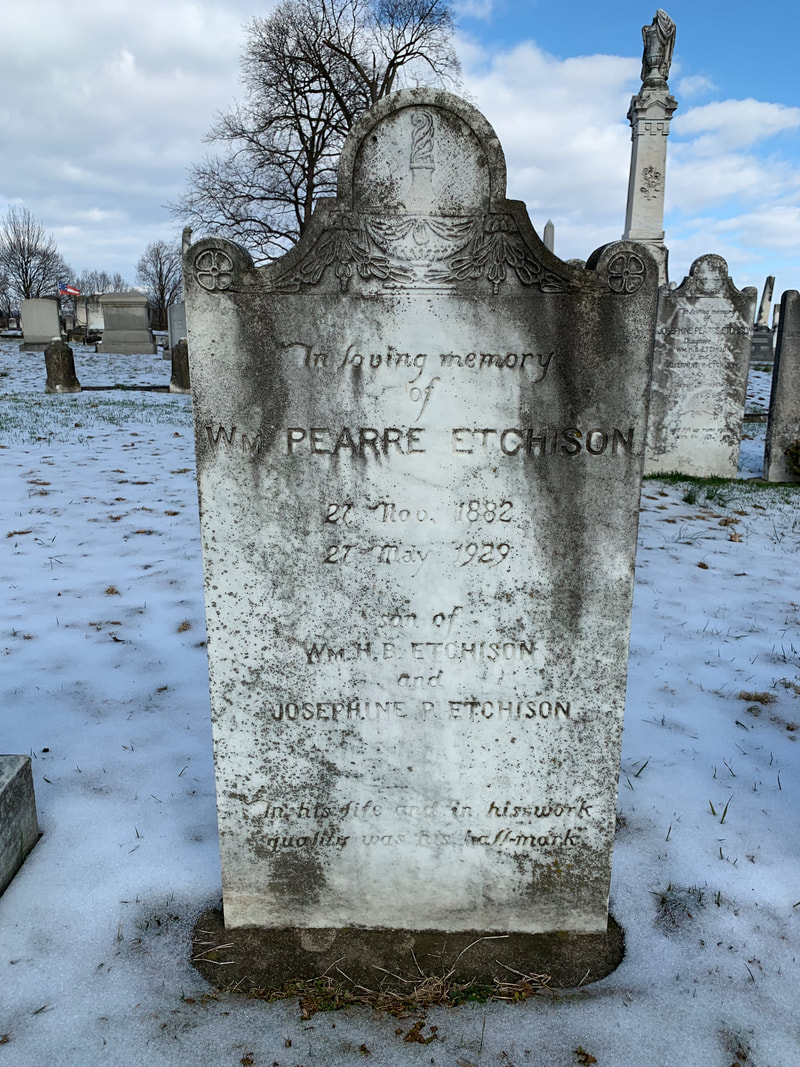
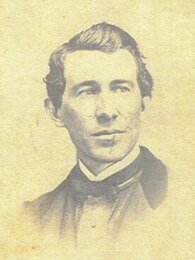
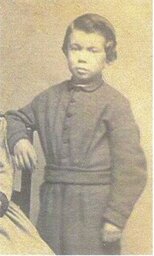
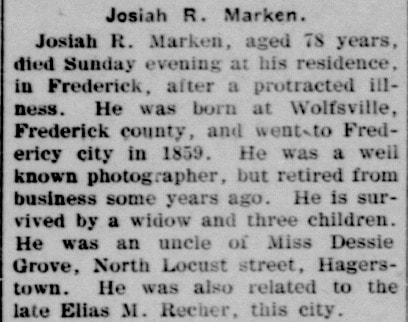
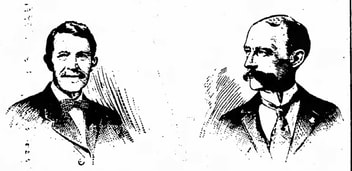
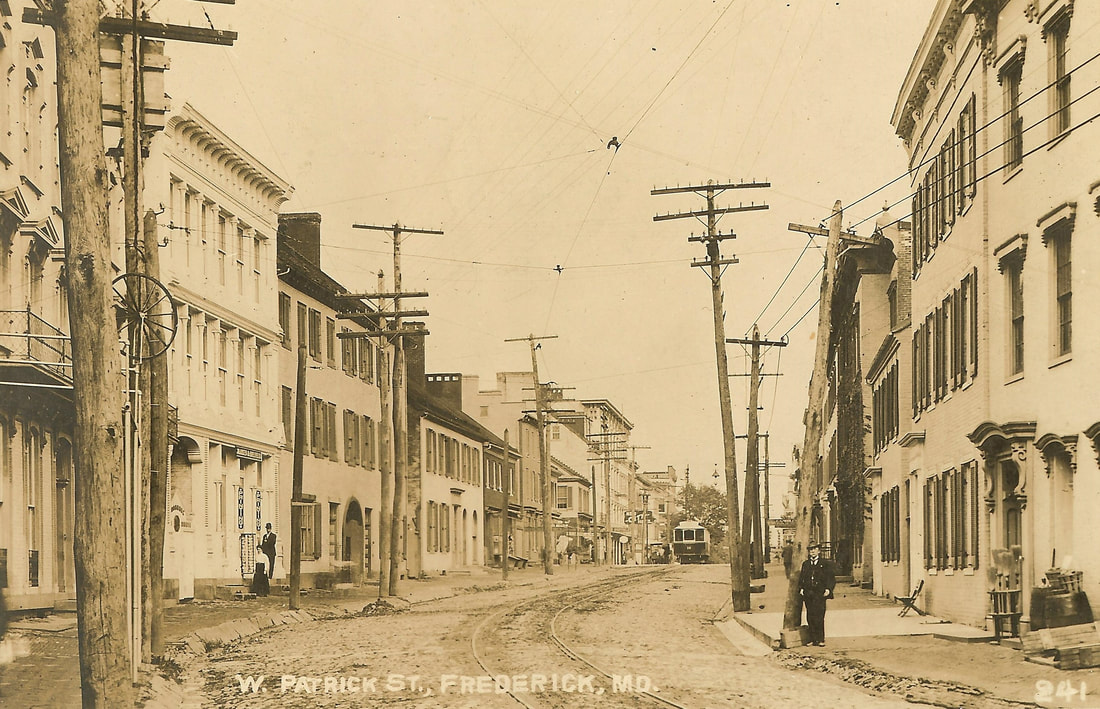
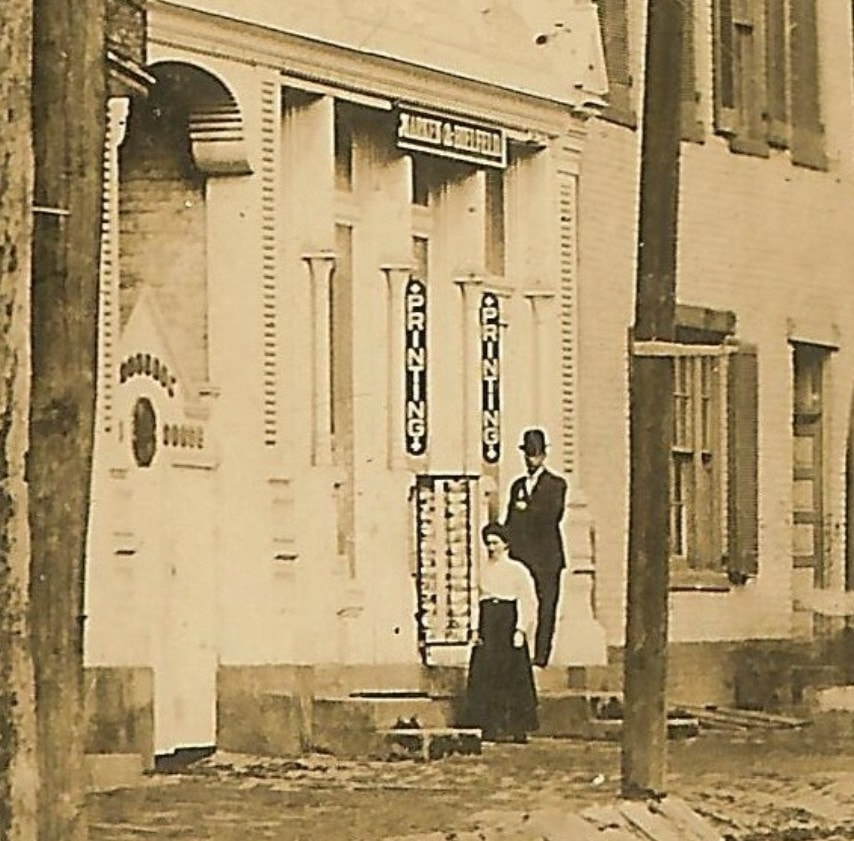
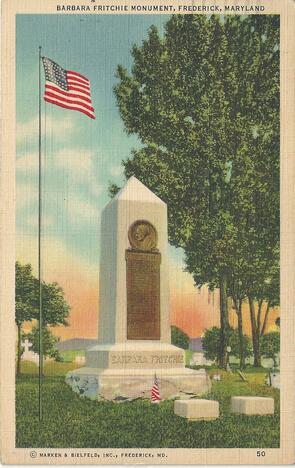
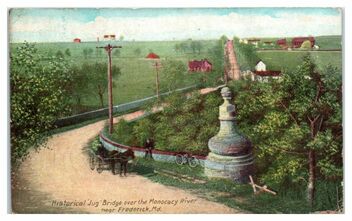
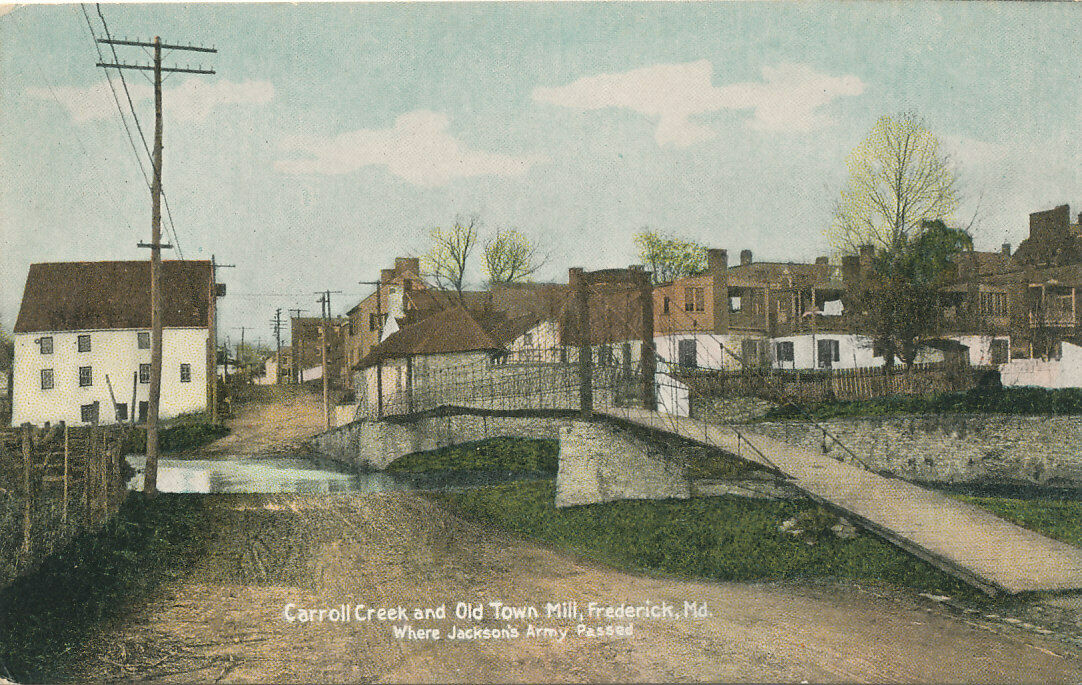

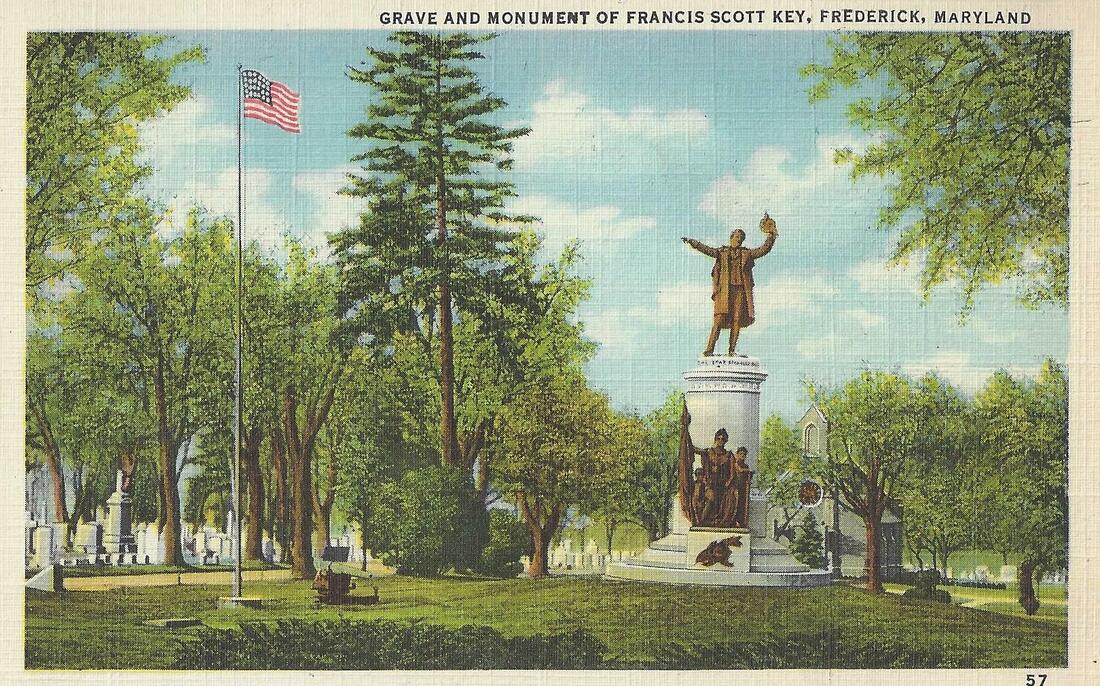
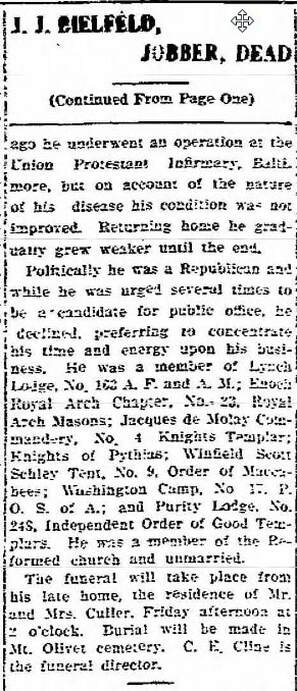
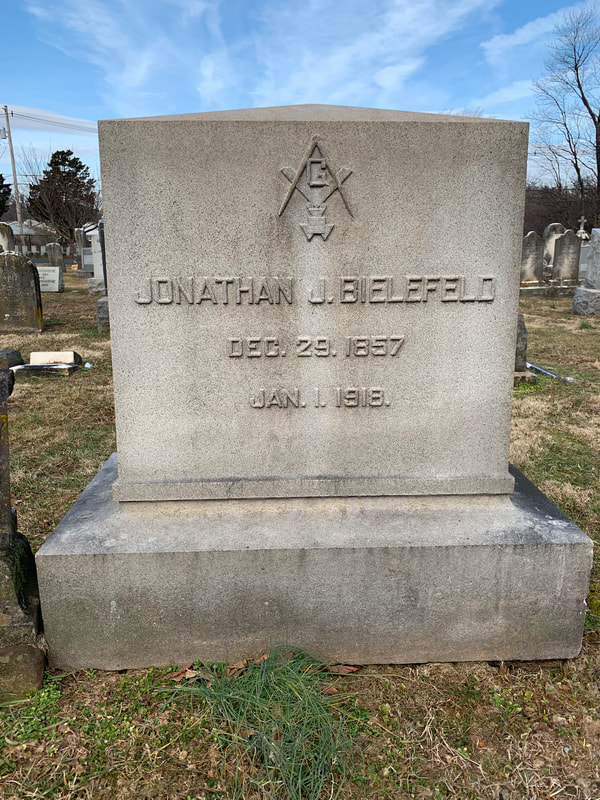
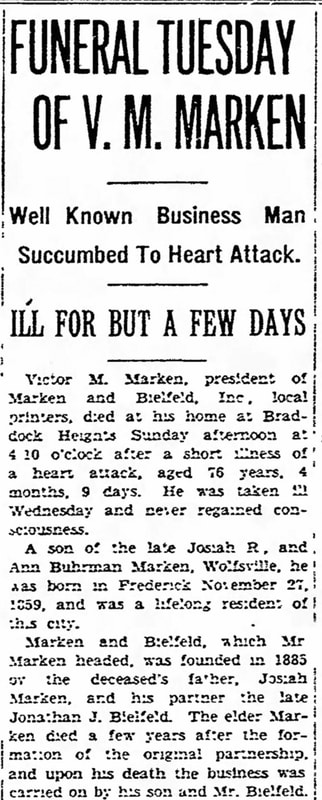
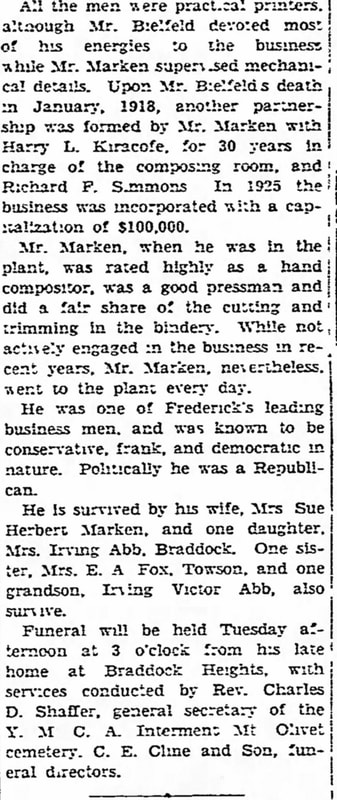
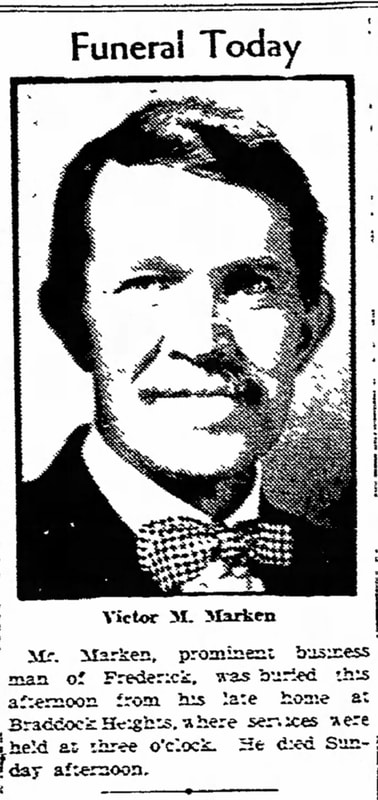
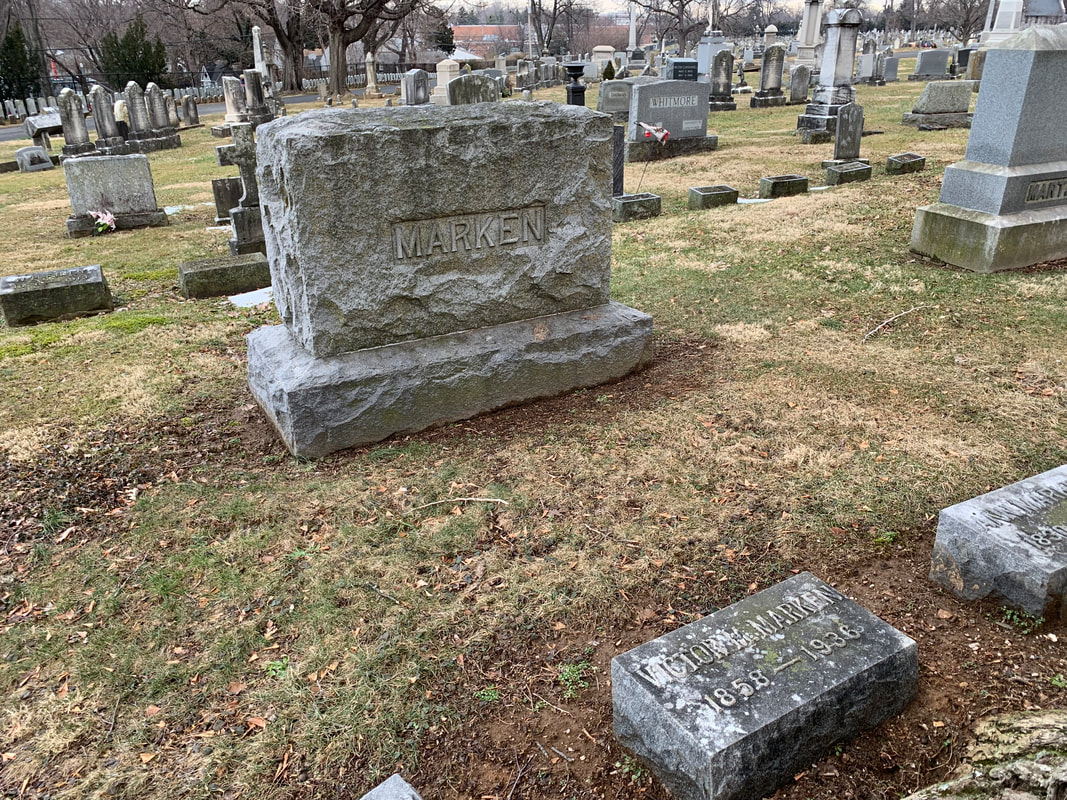
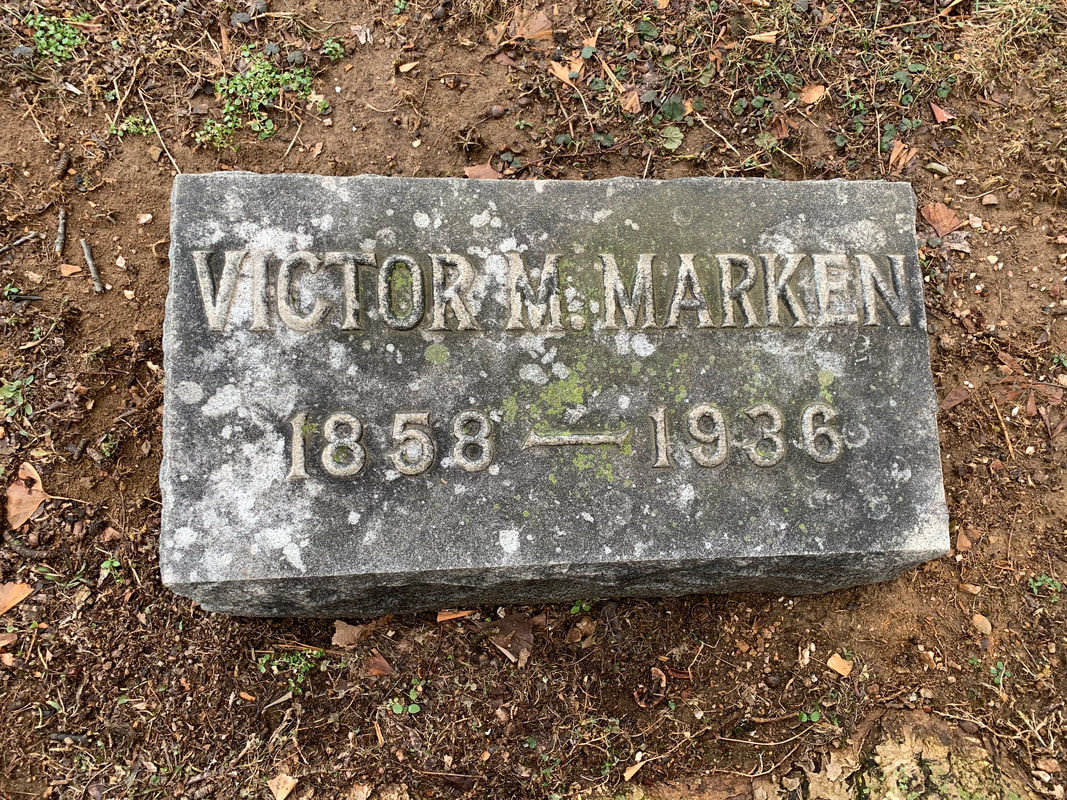
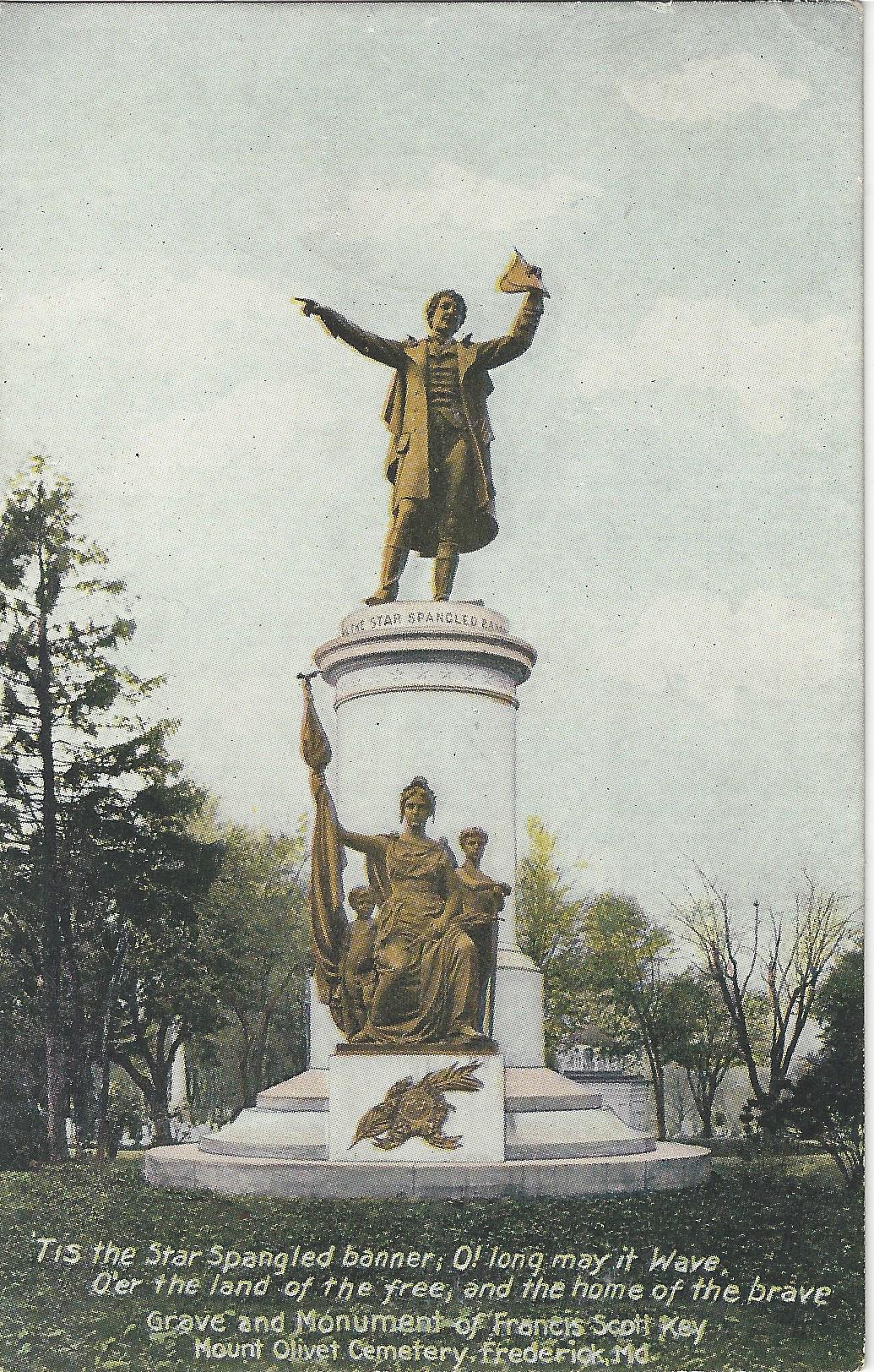
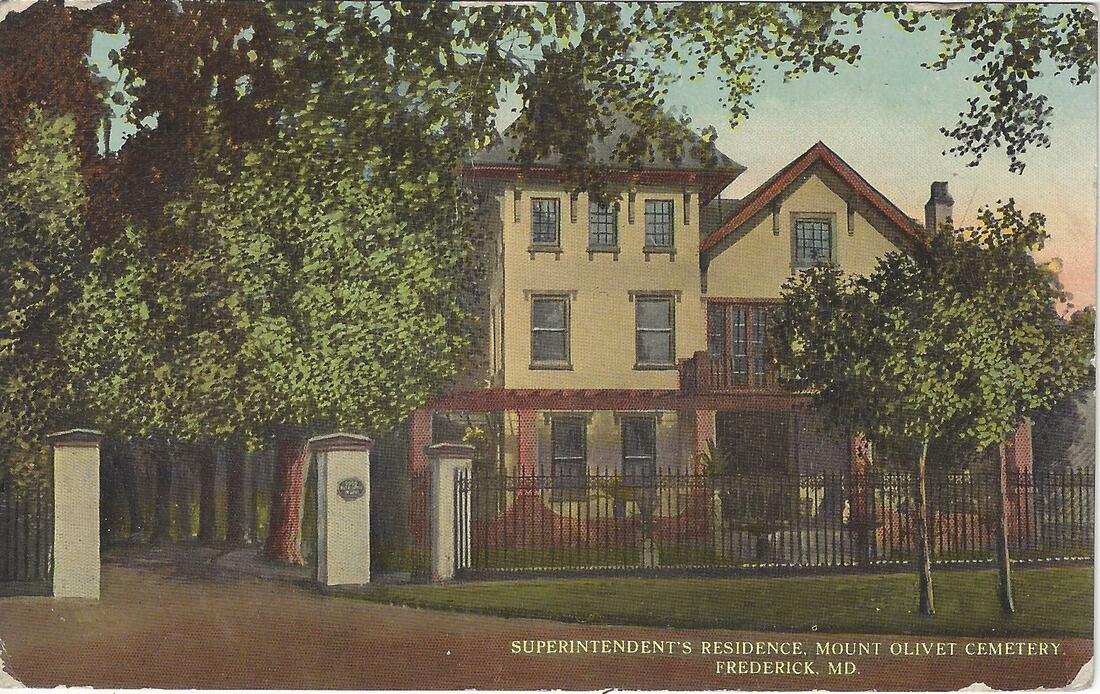
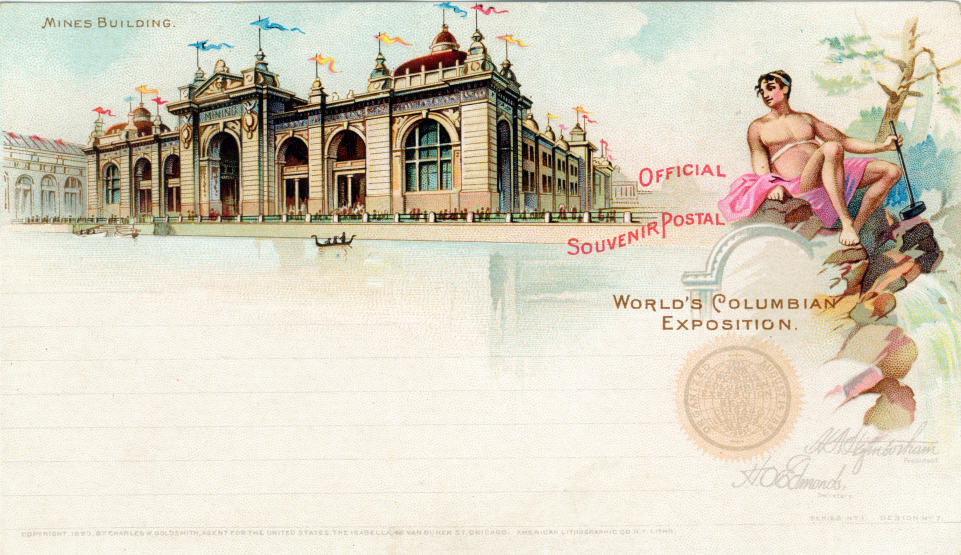
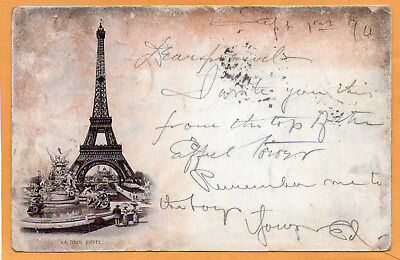
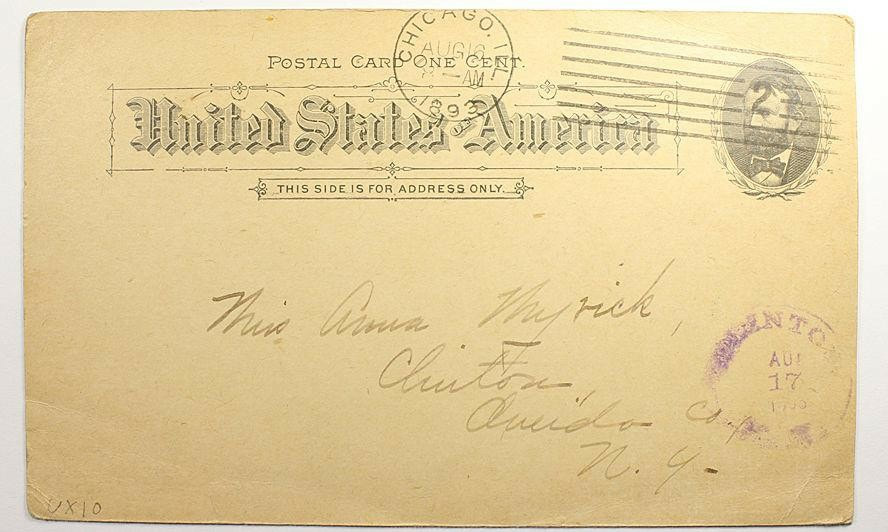
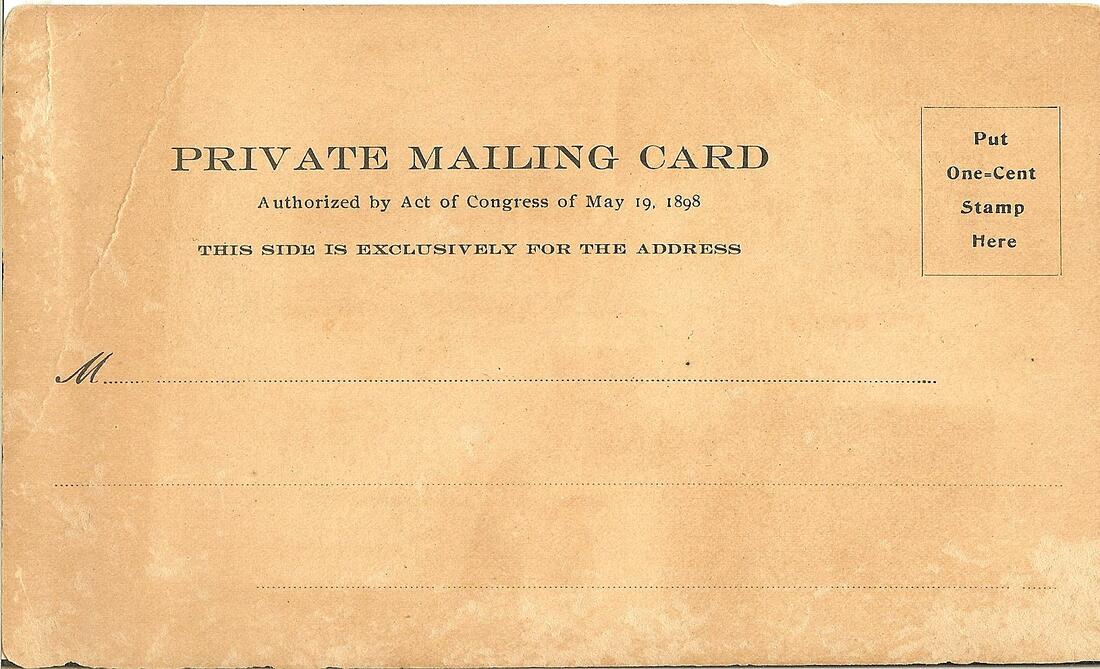
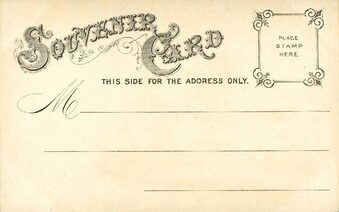
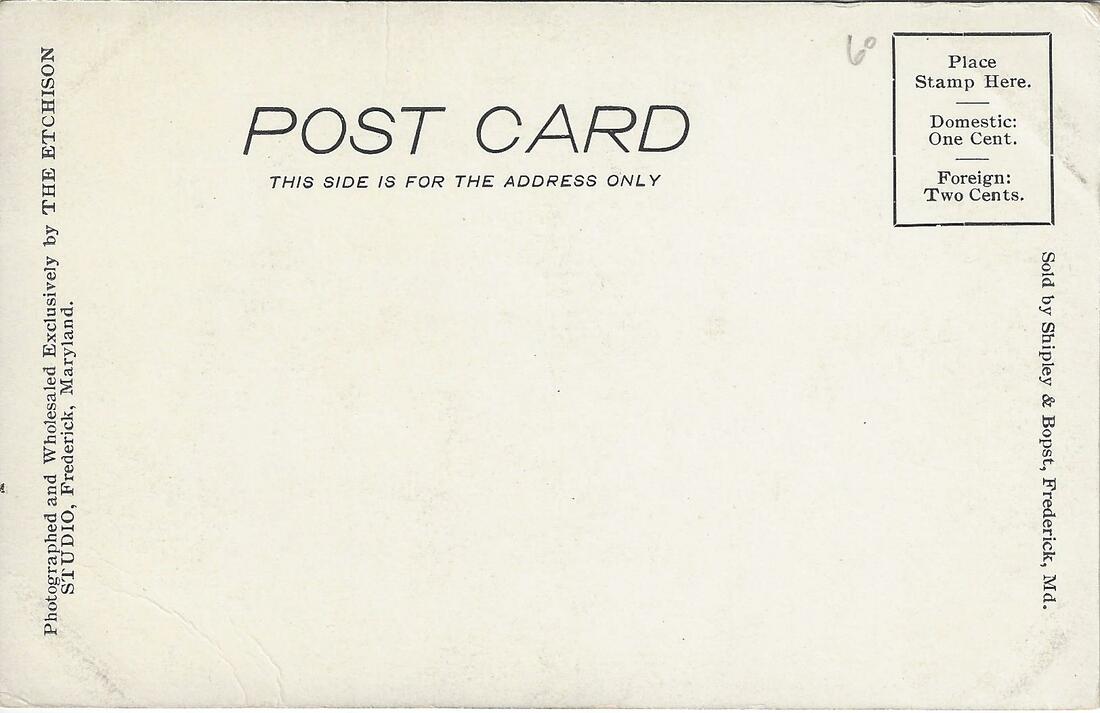
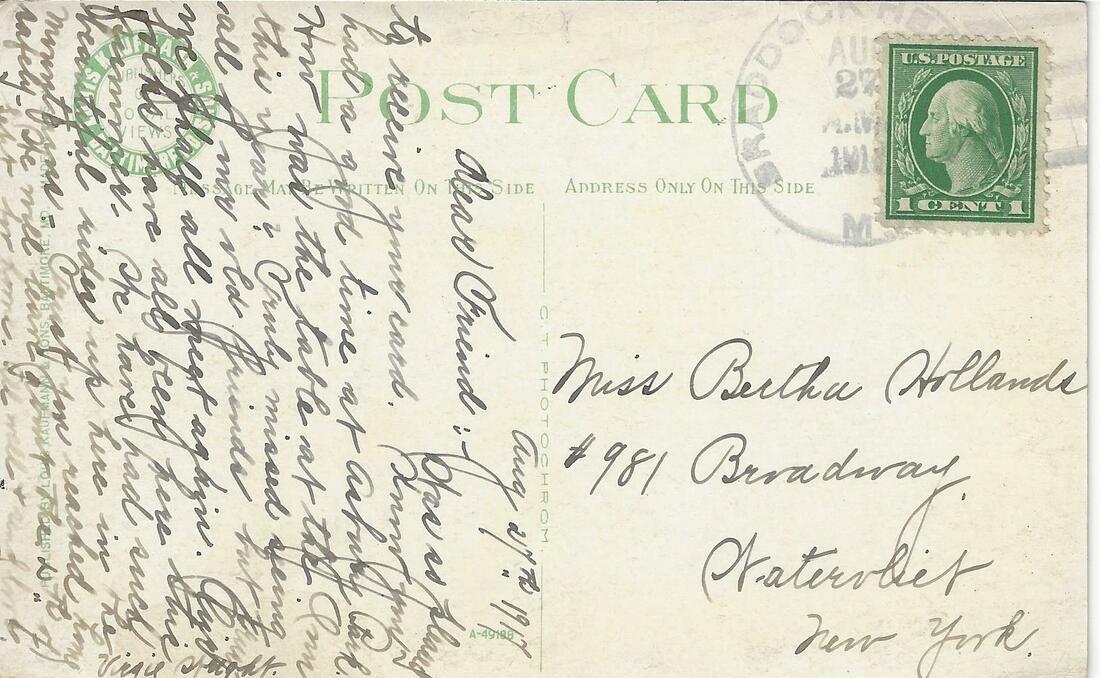
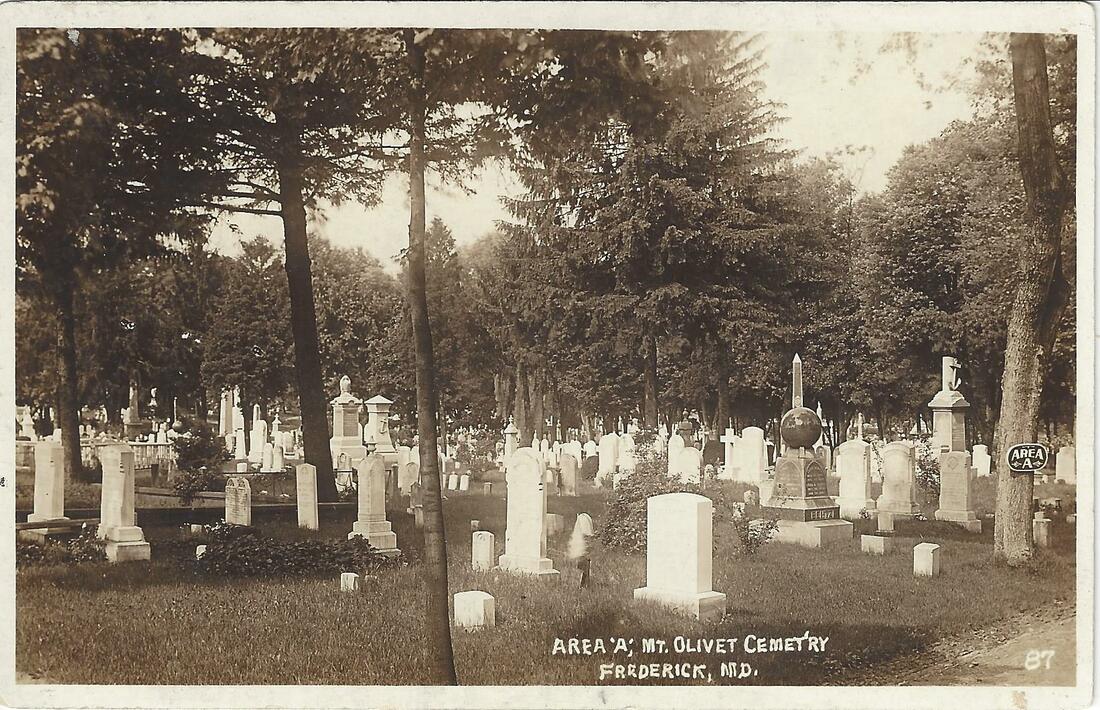
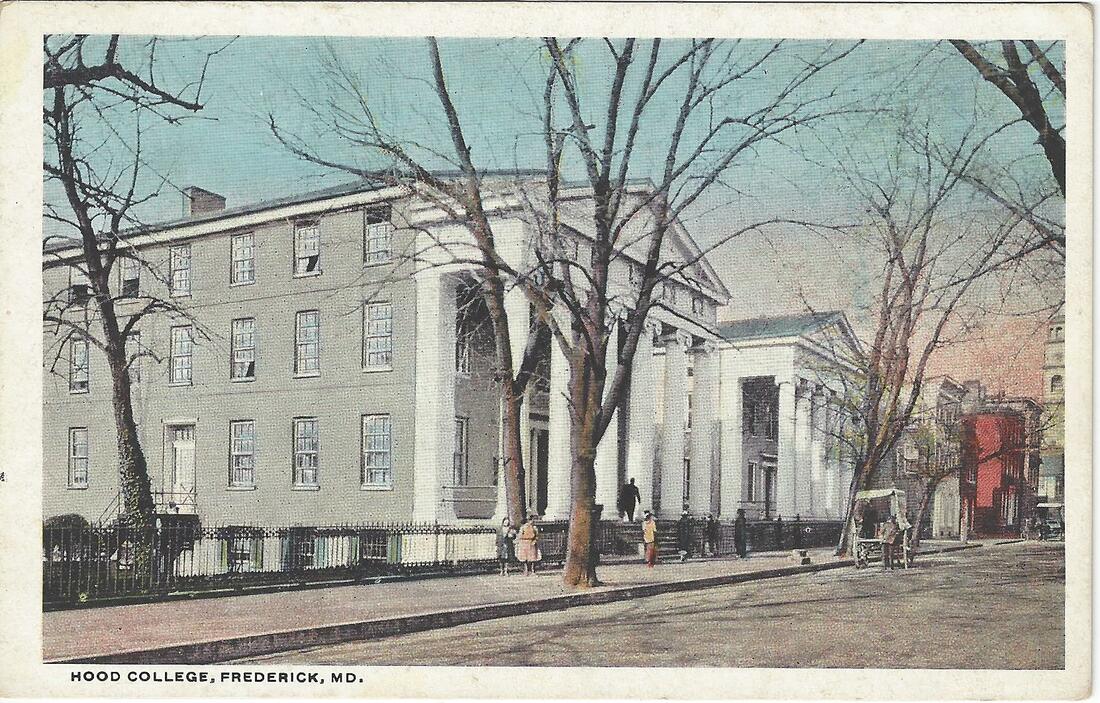
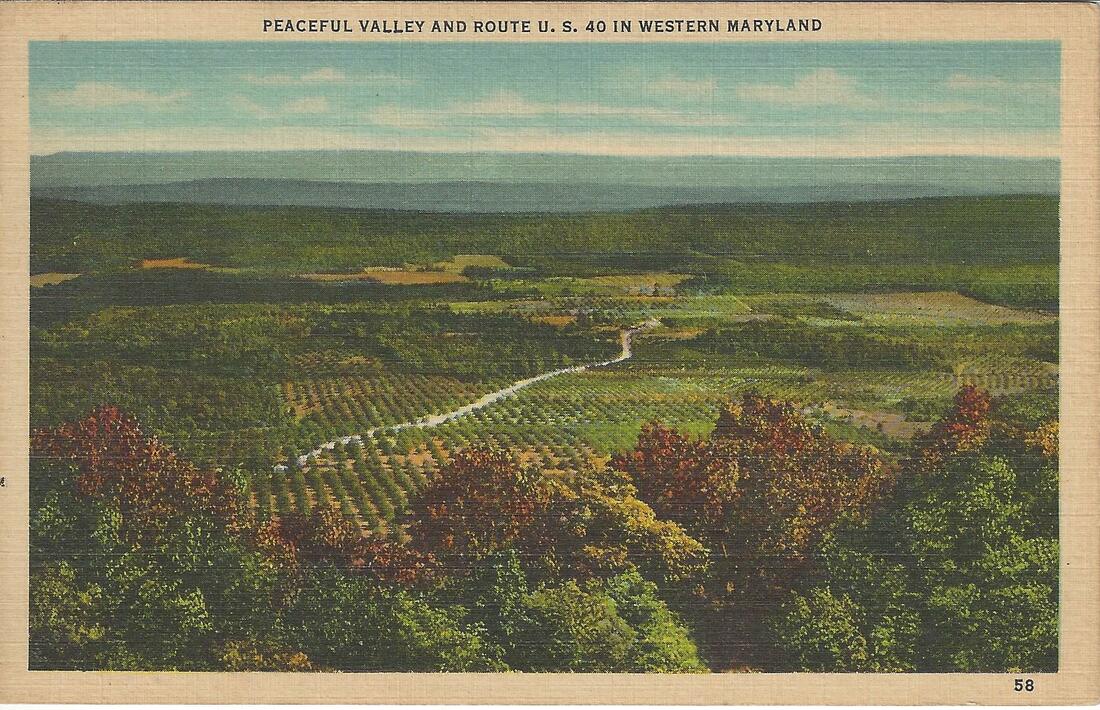
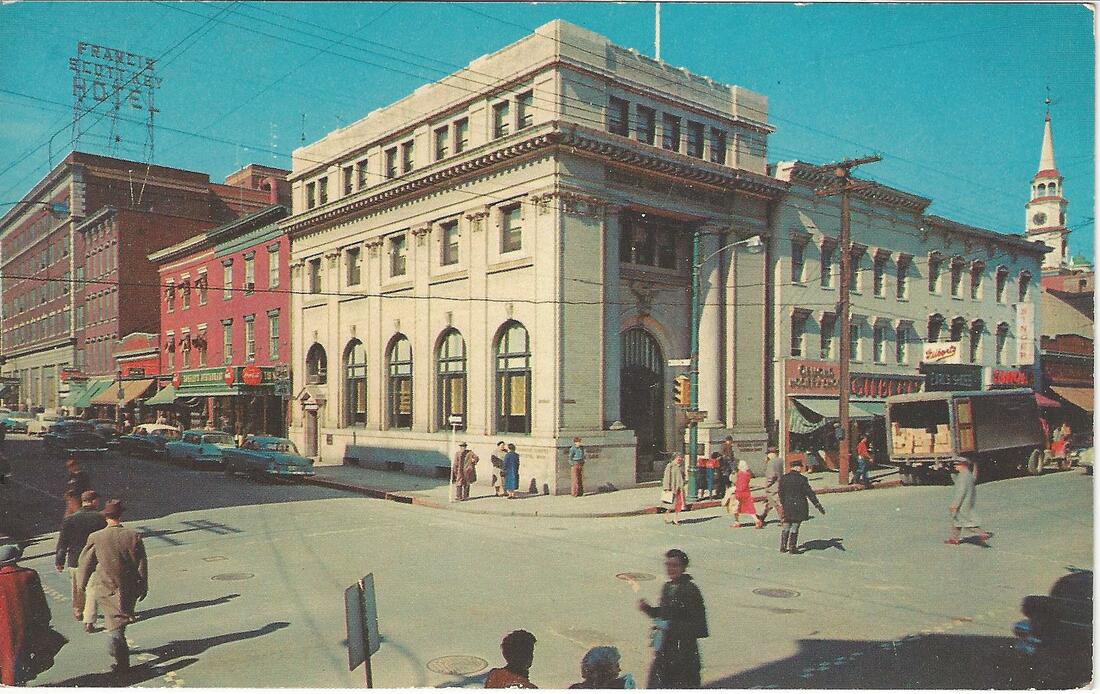
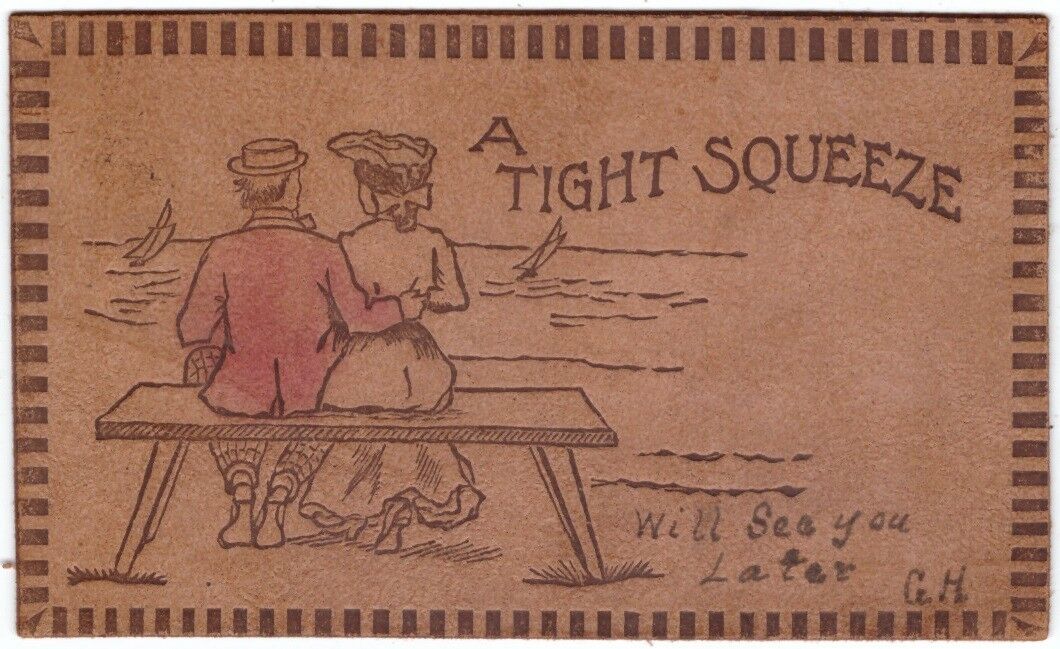
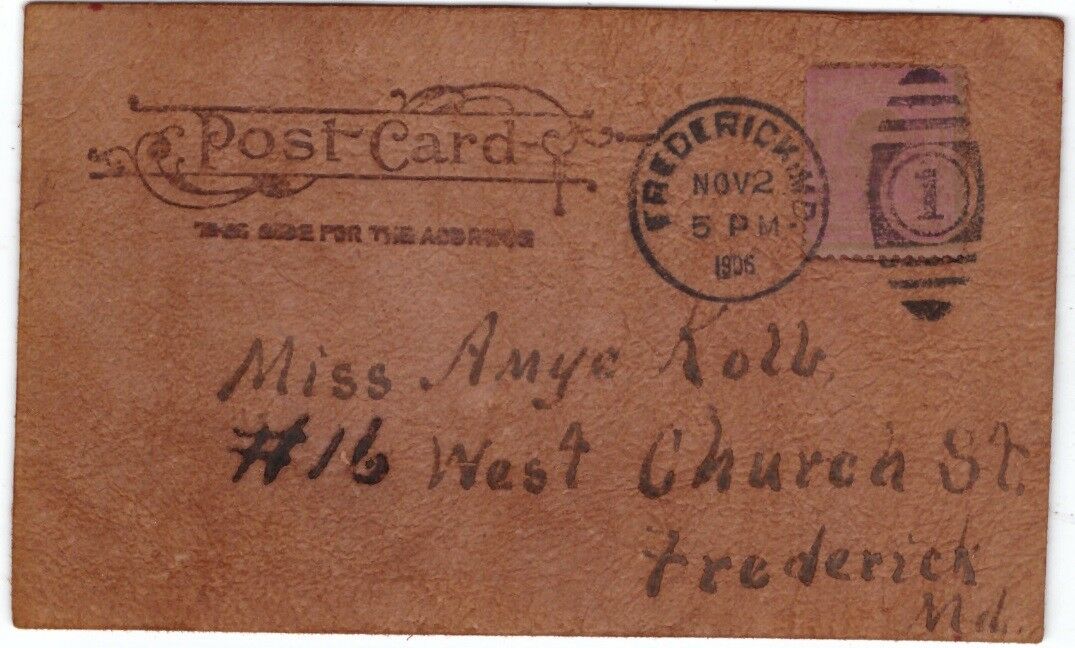
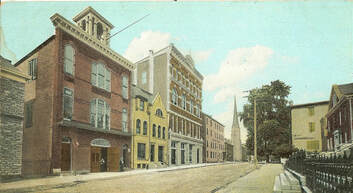
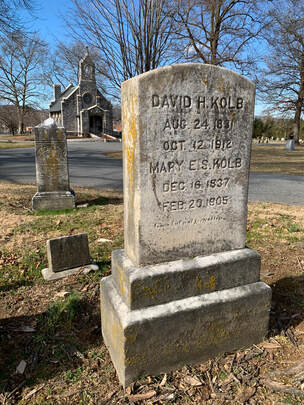


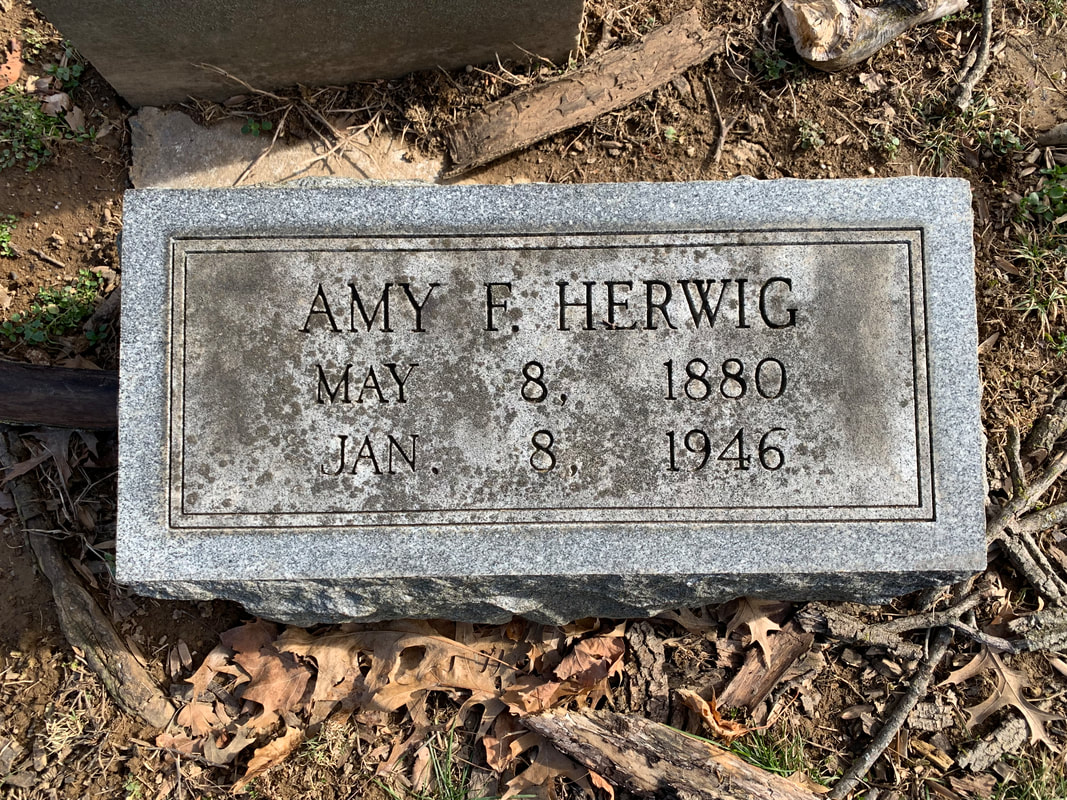
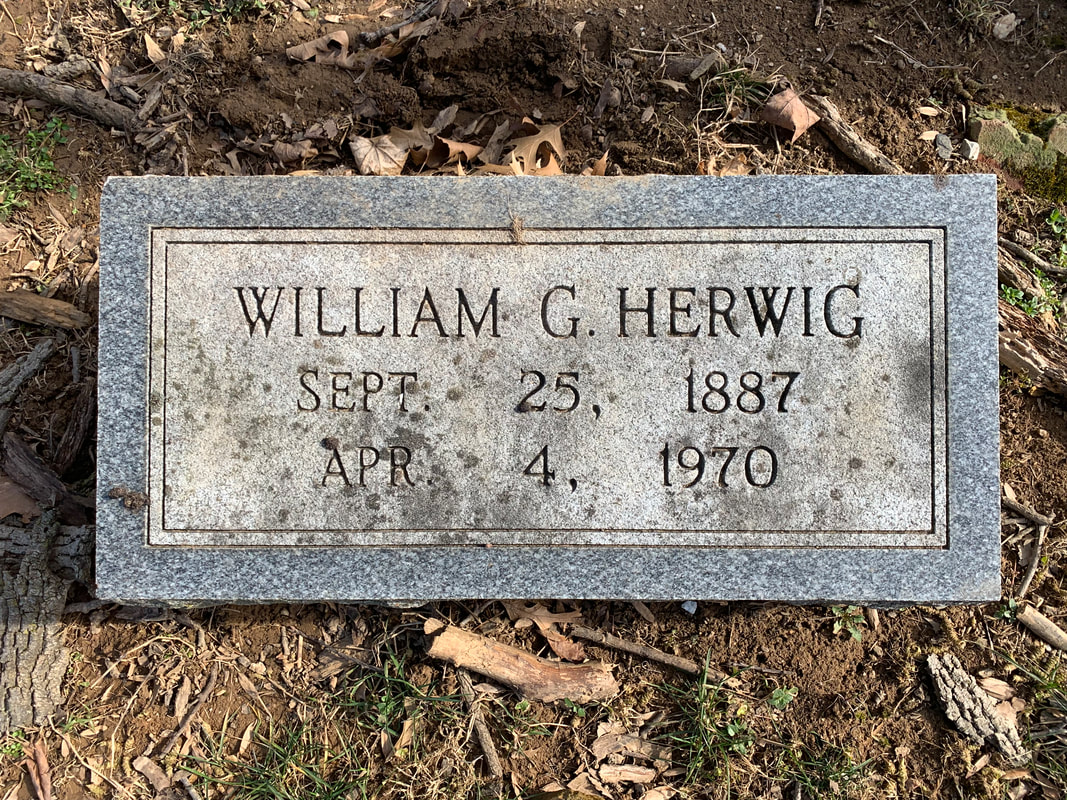
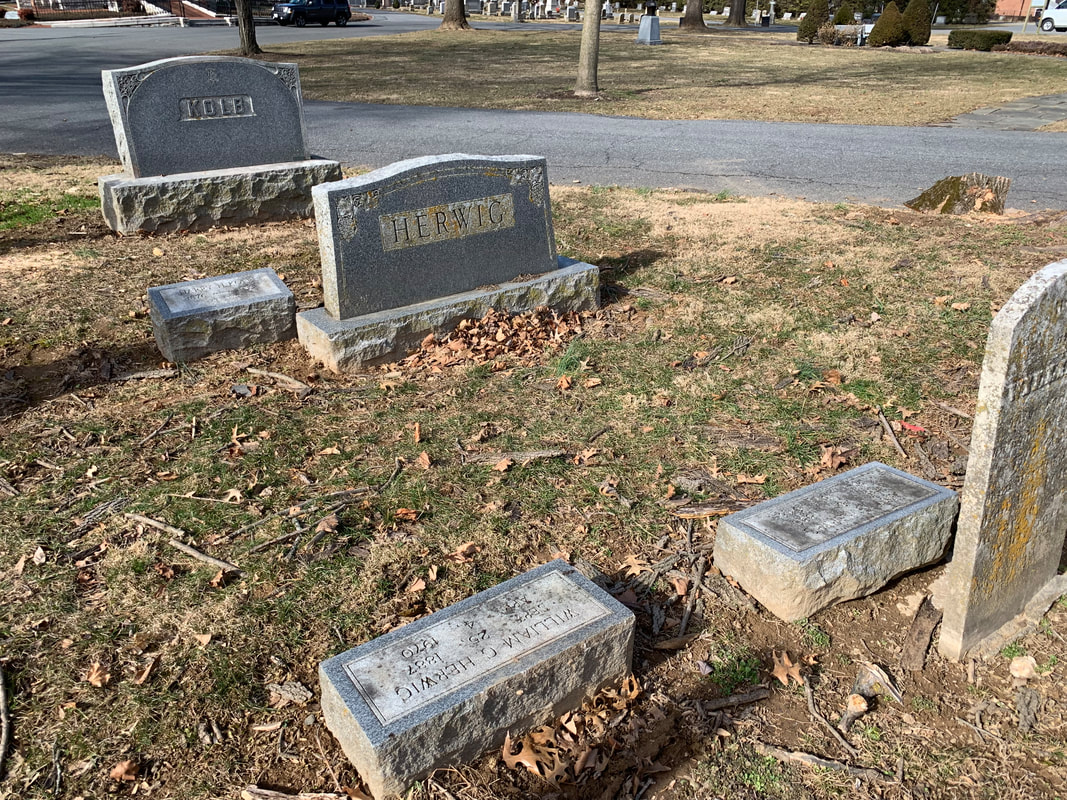
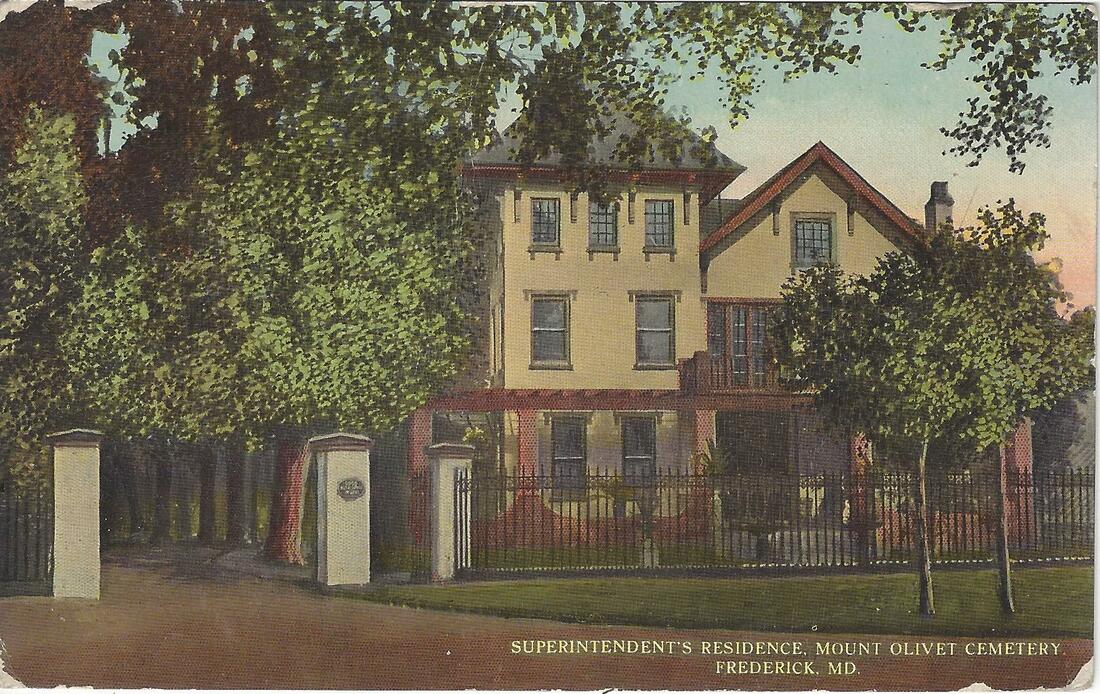
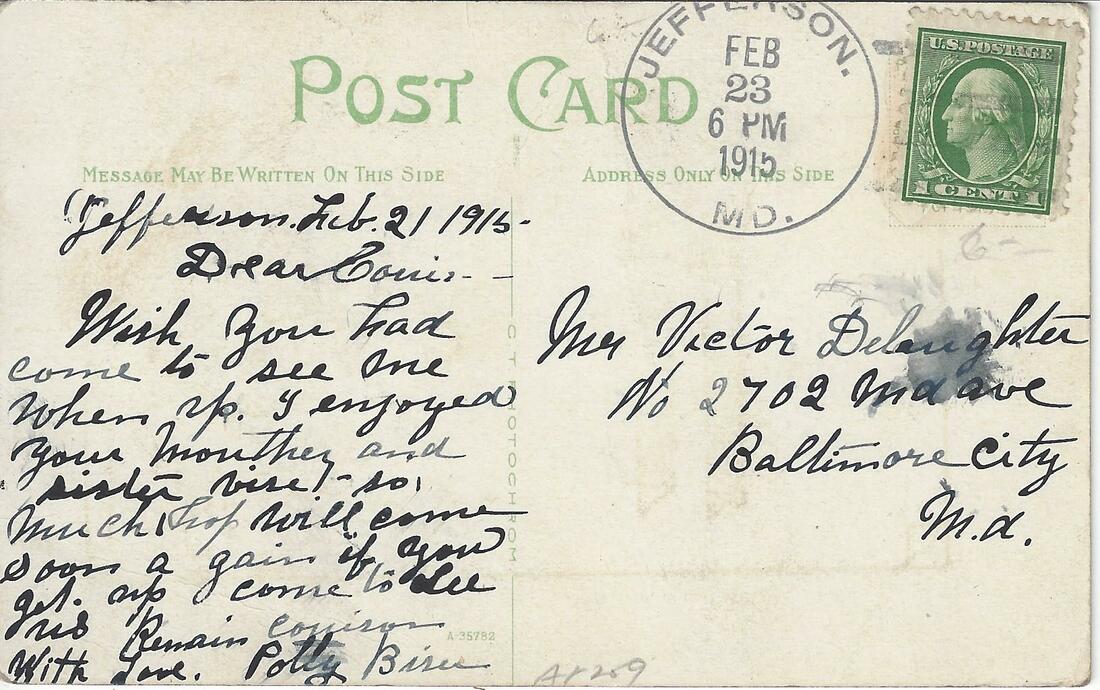
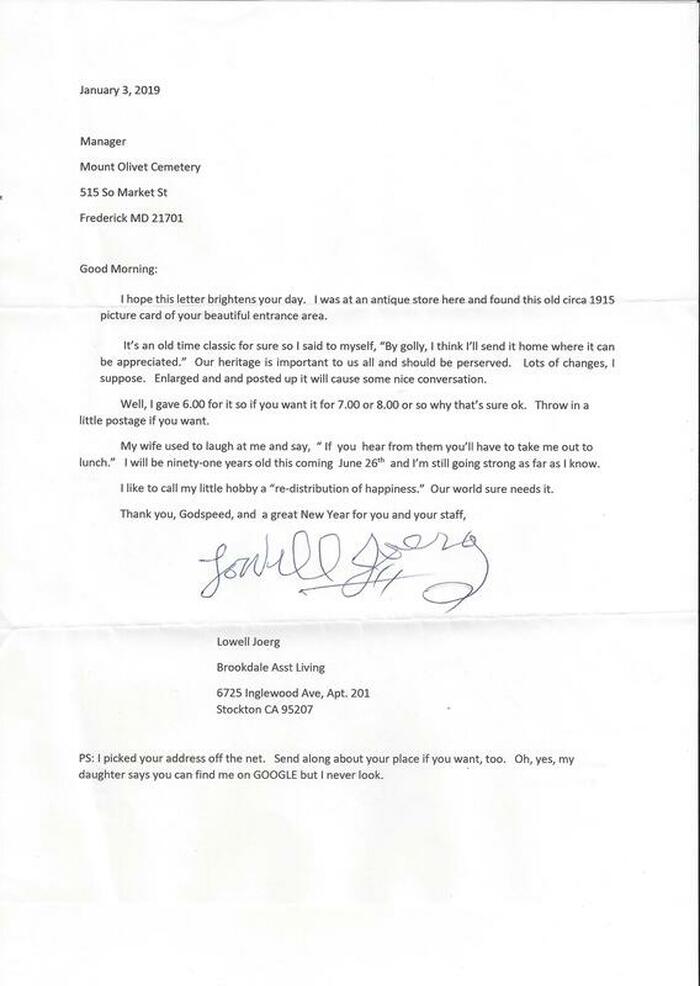
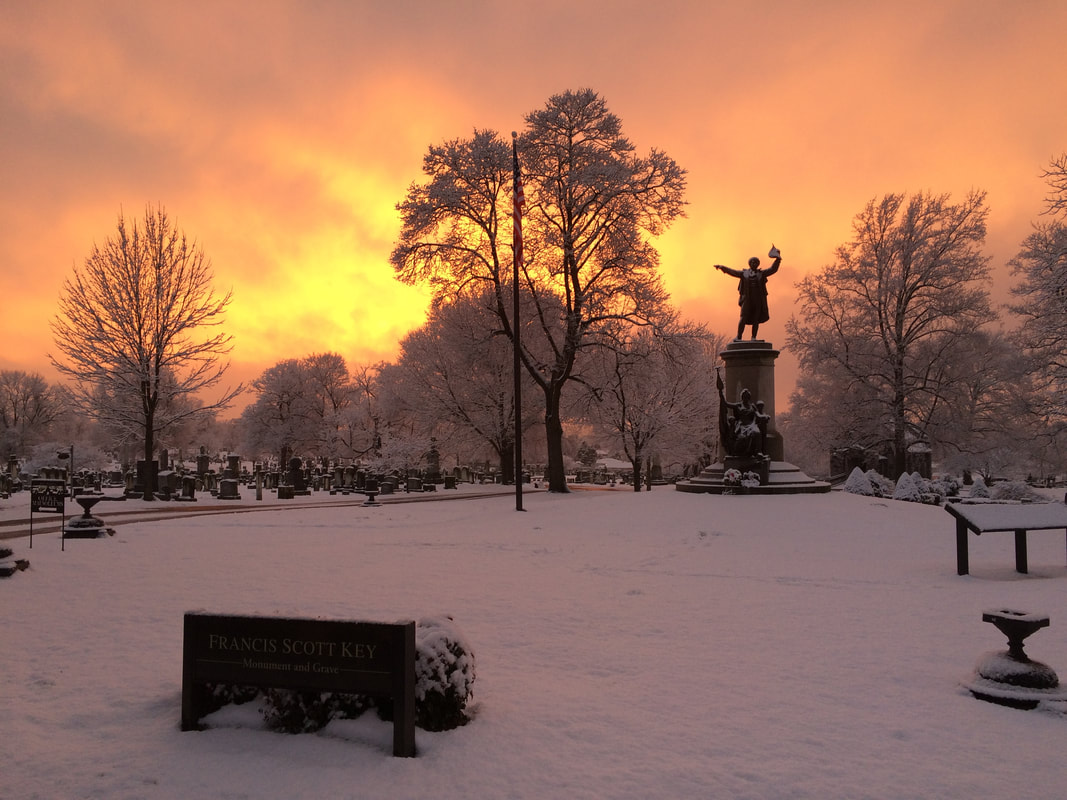
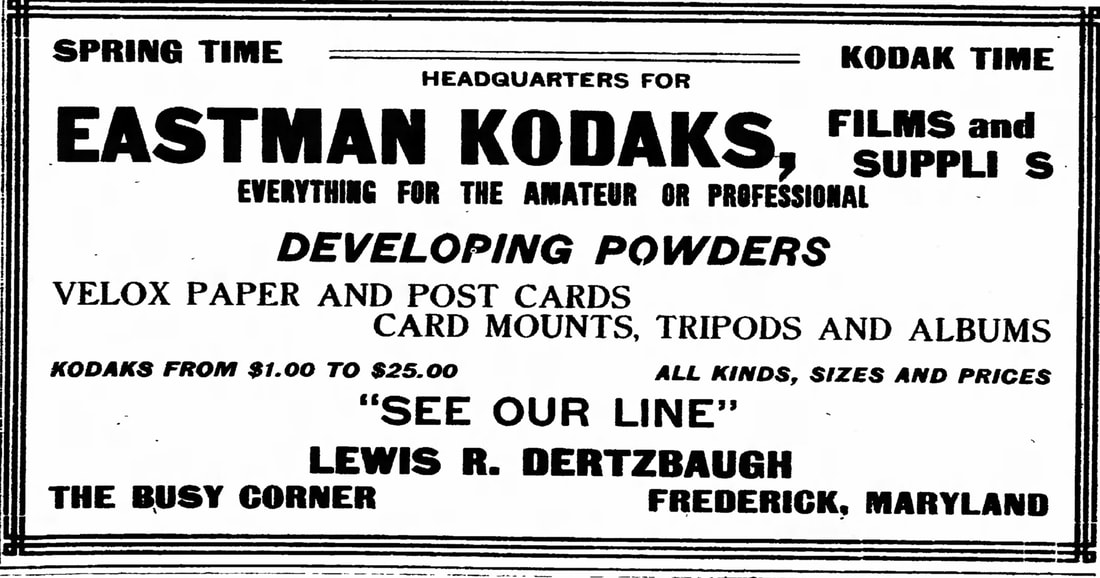
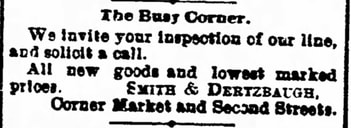
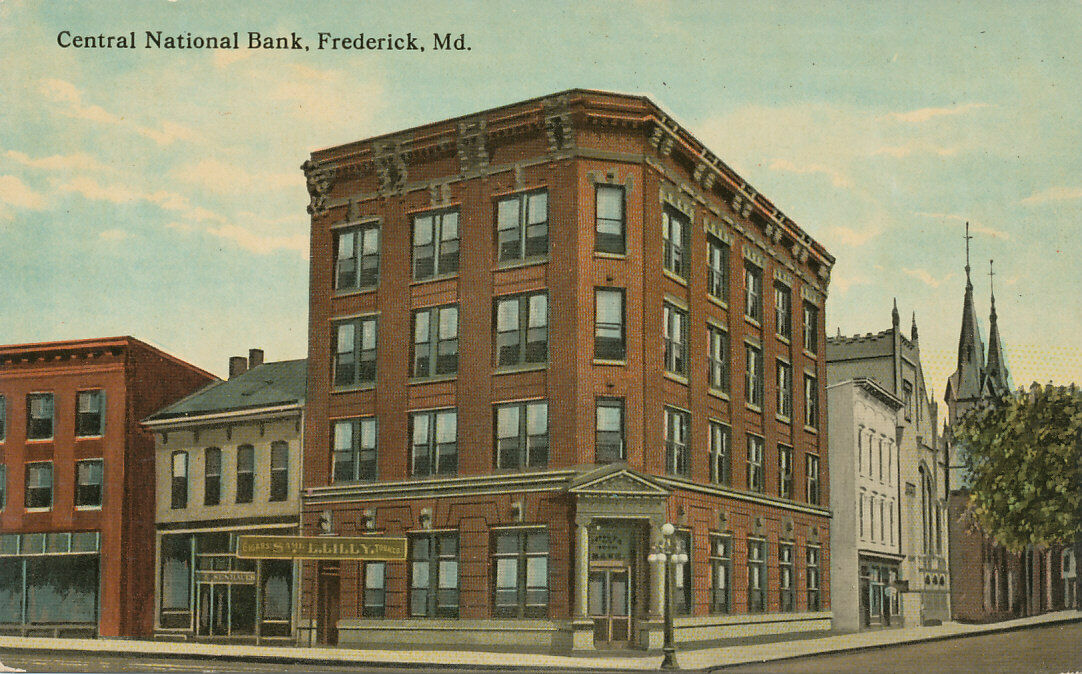
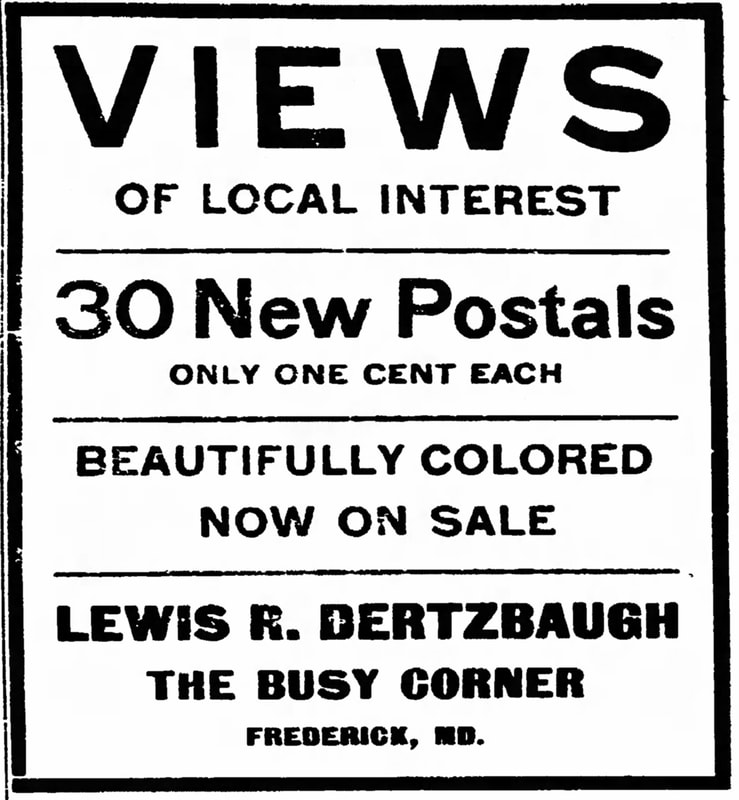
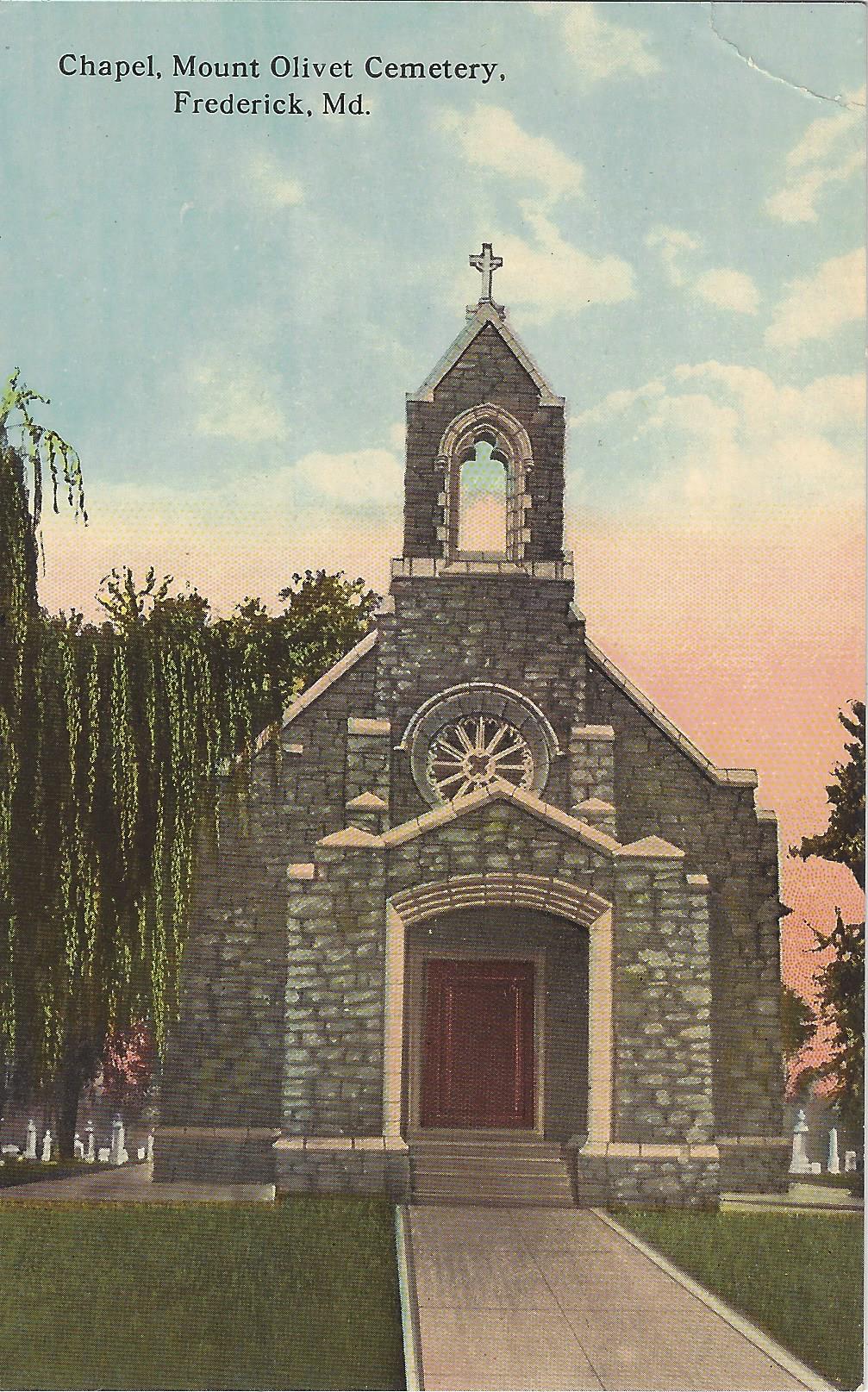
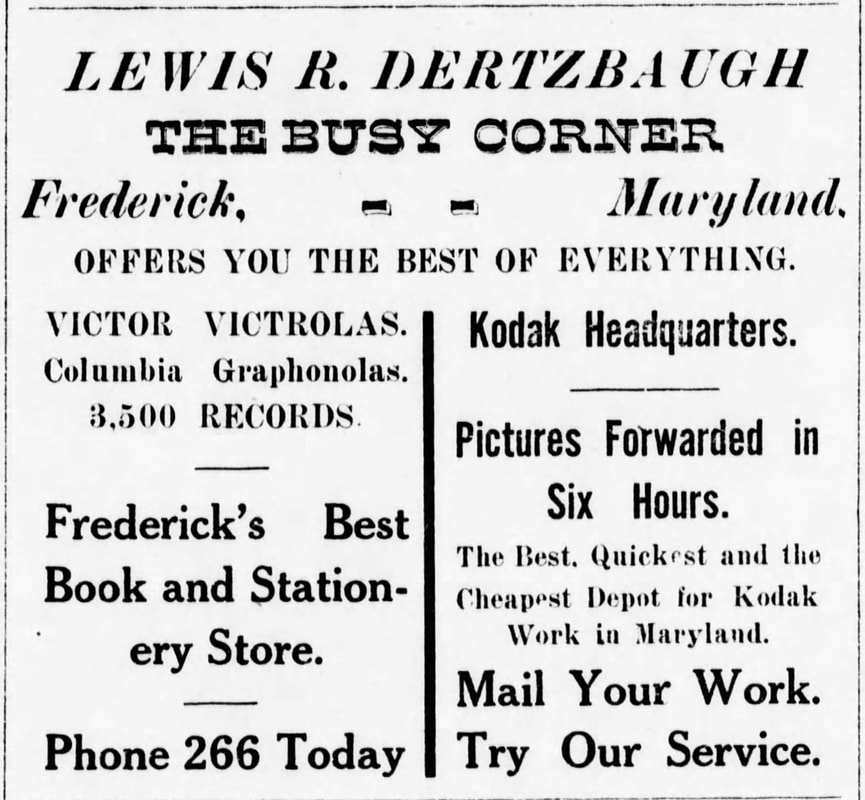
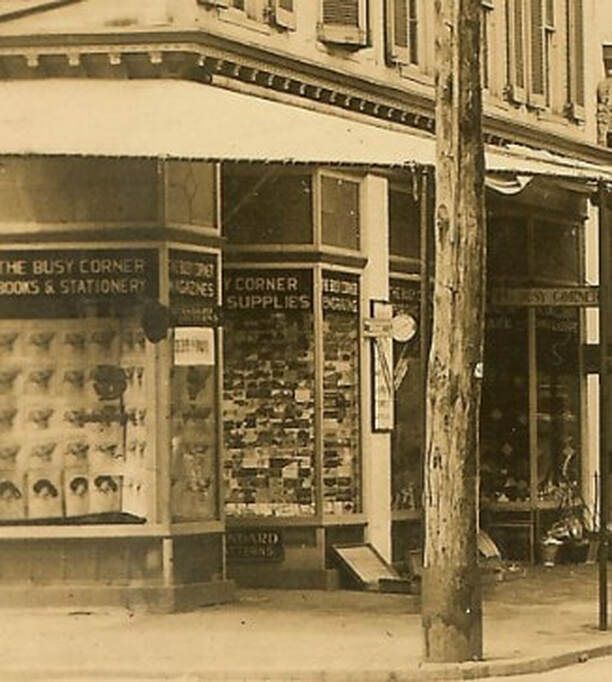
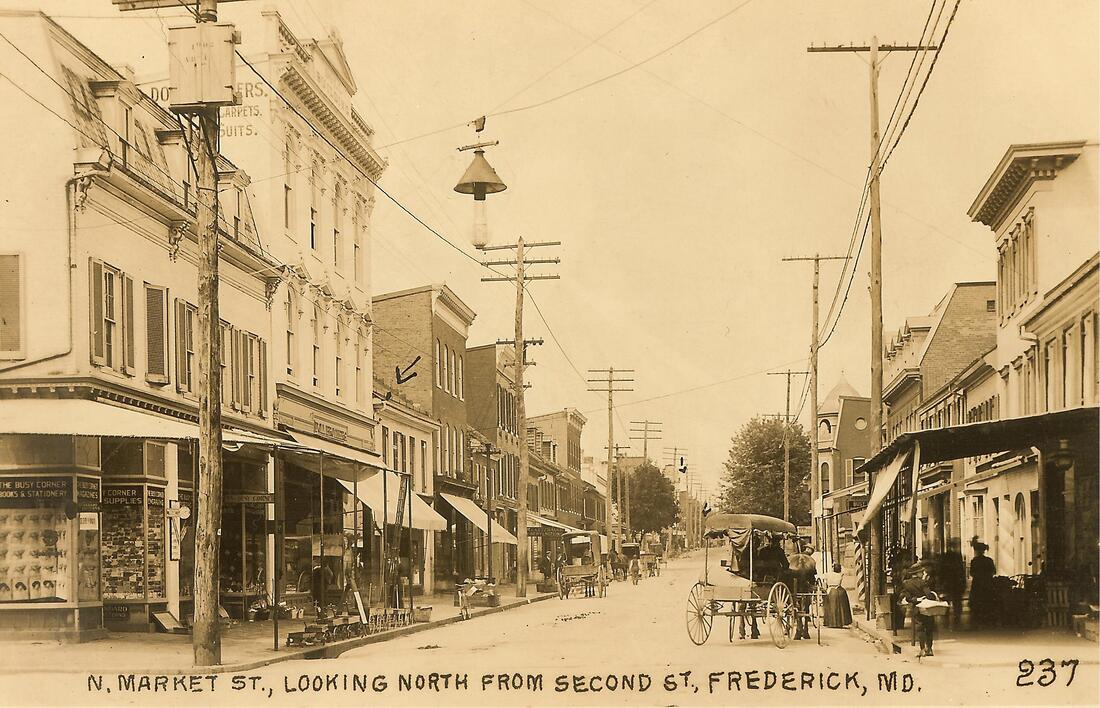
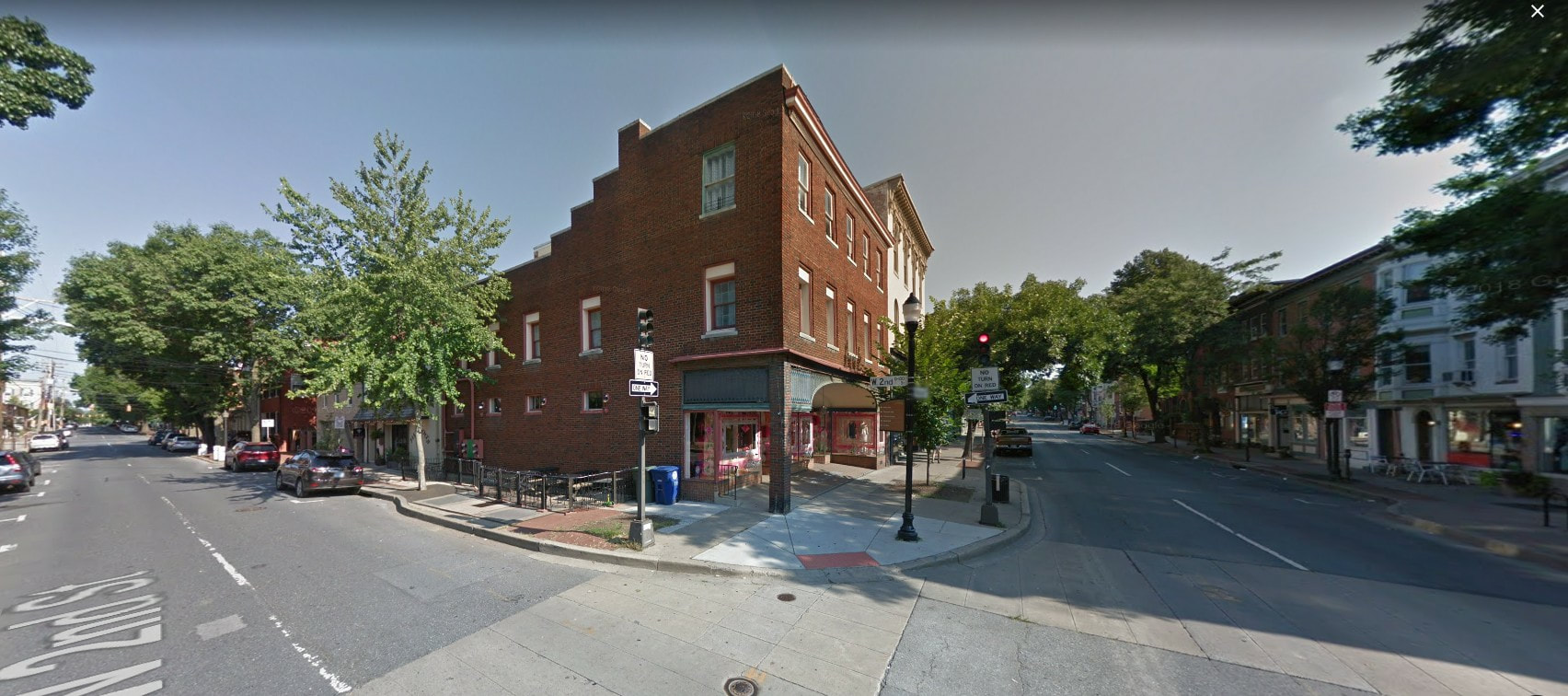
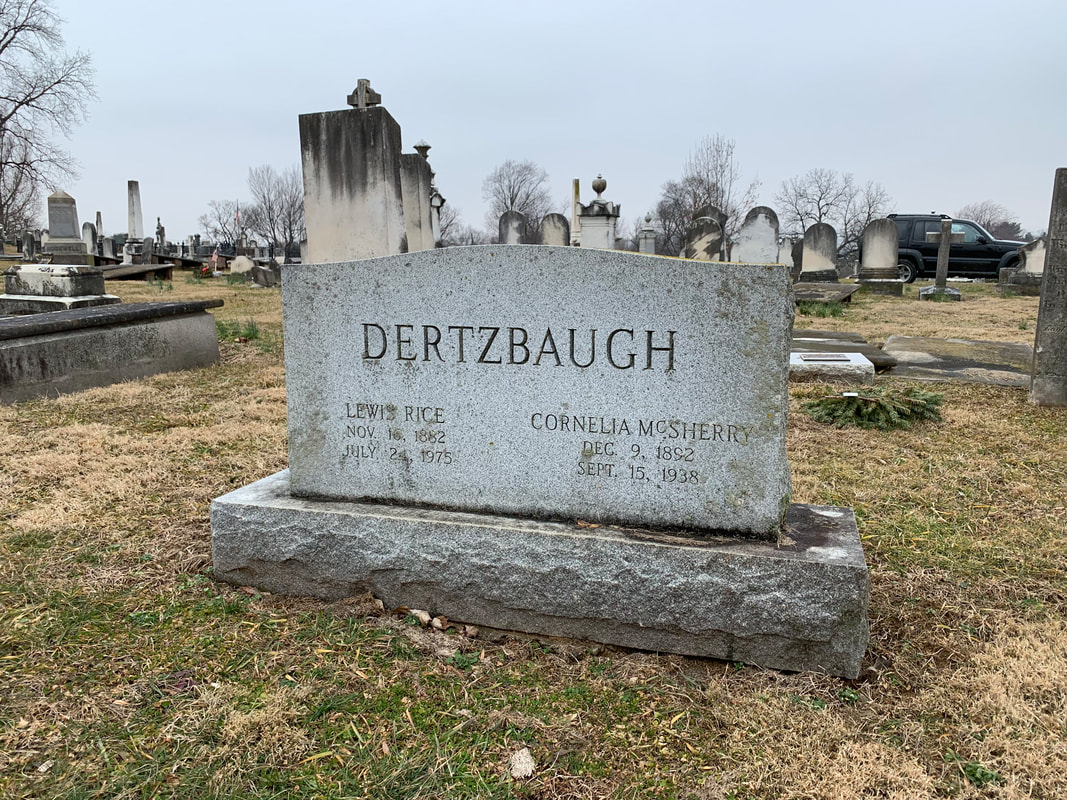
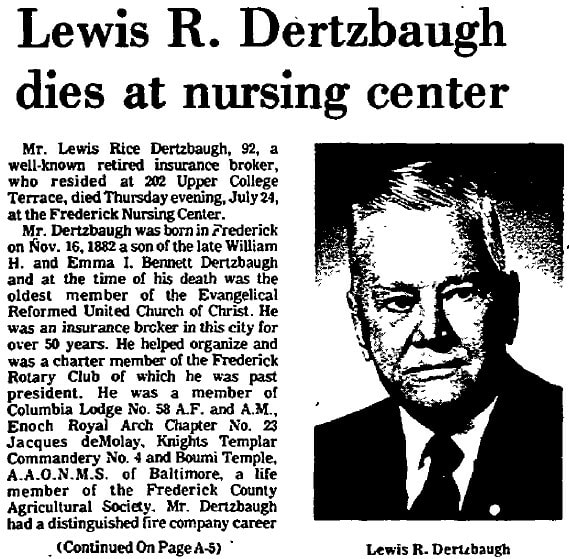

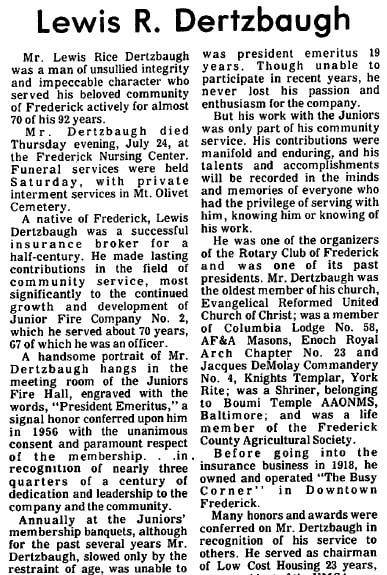




 RSS Feed
RSS Feed